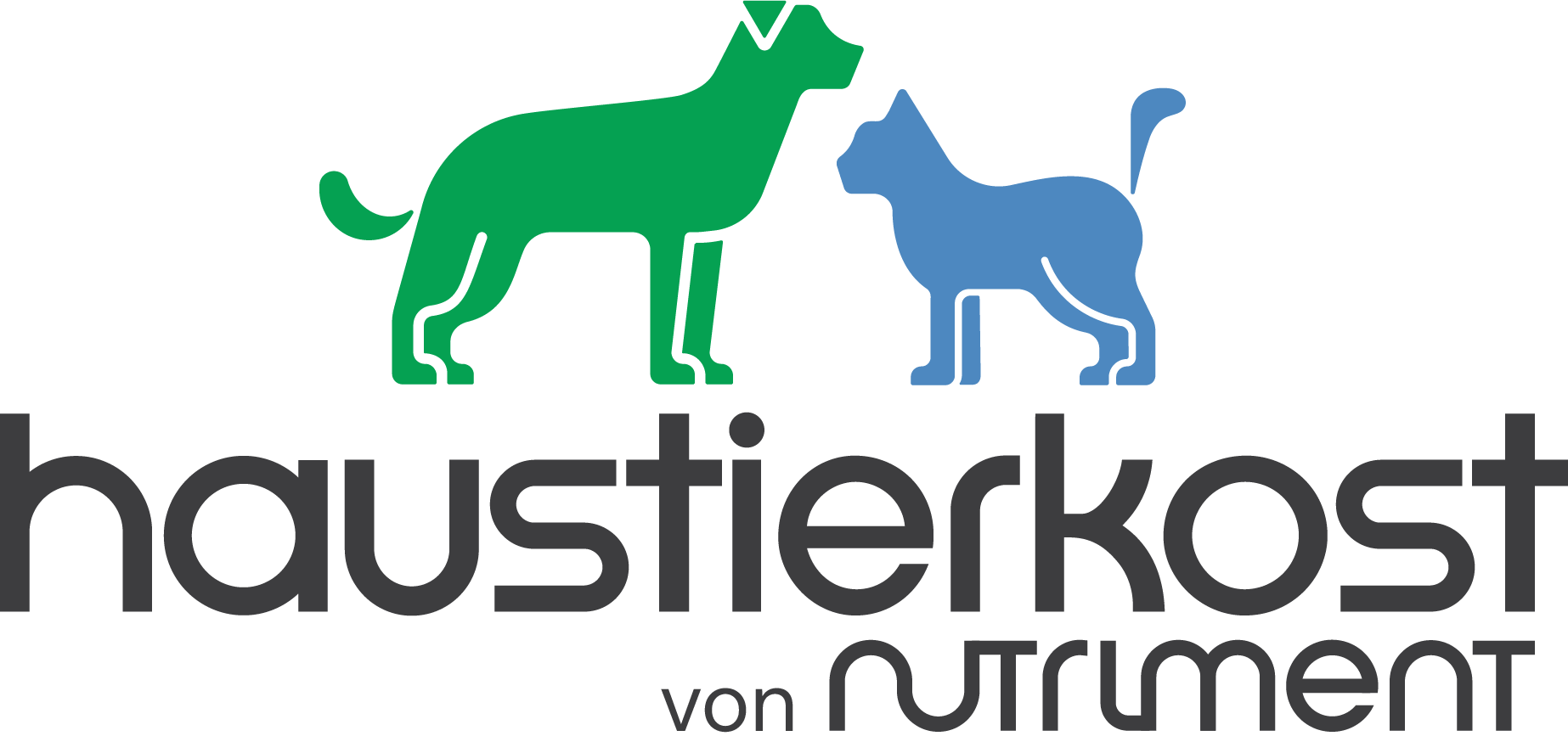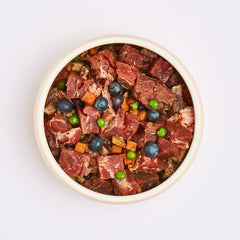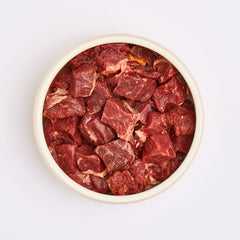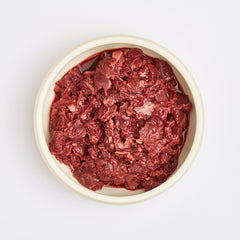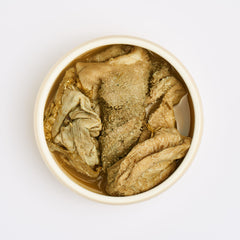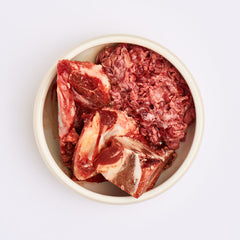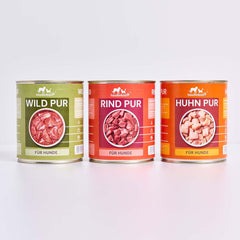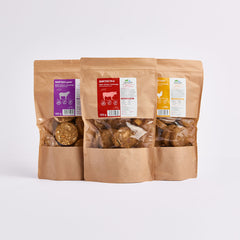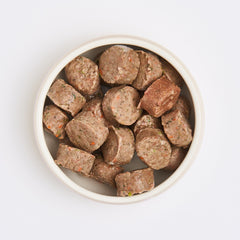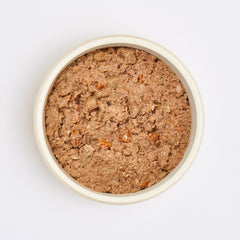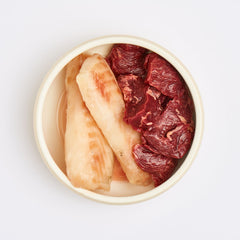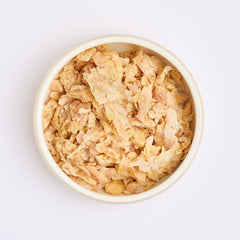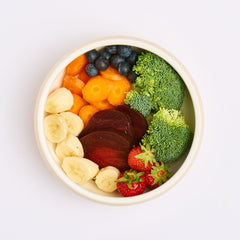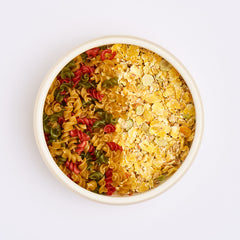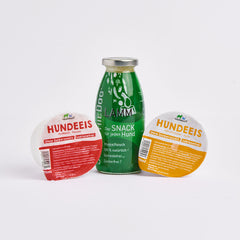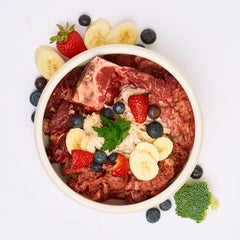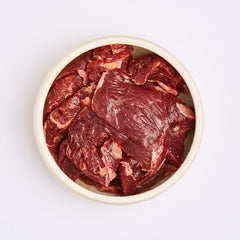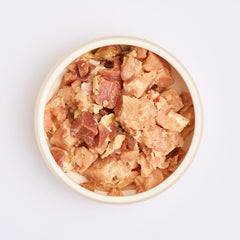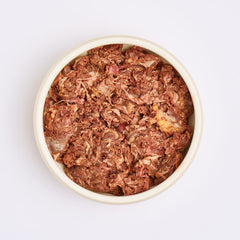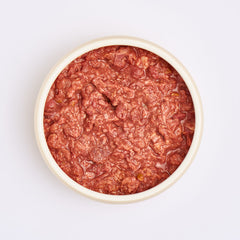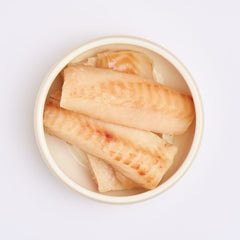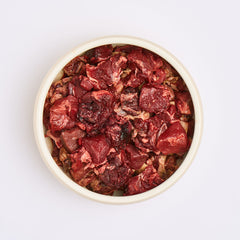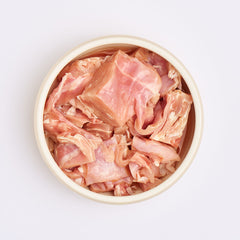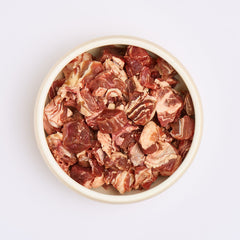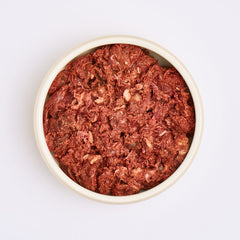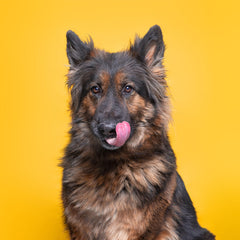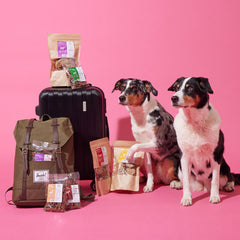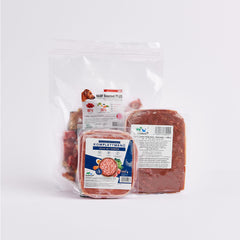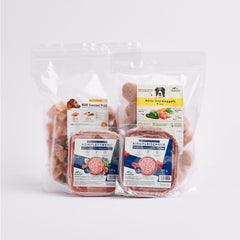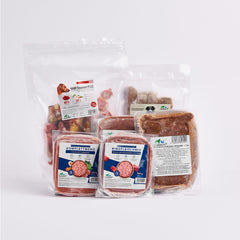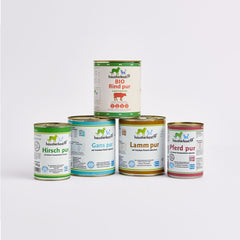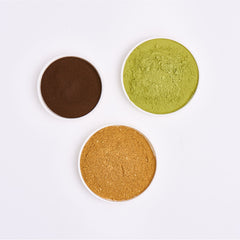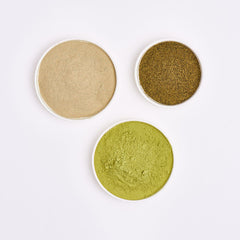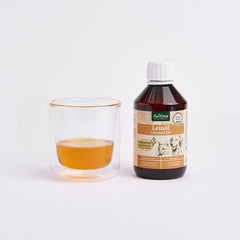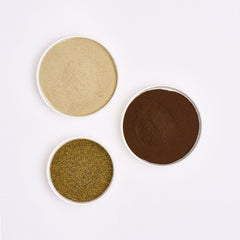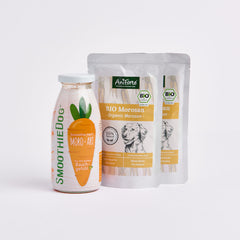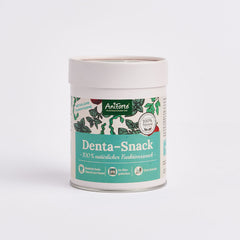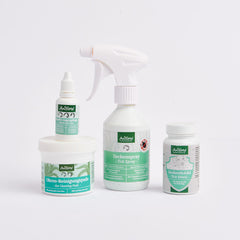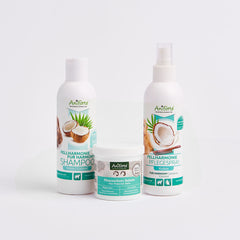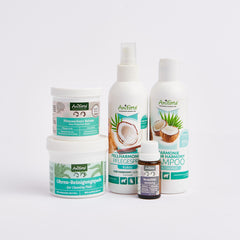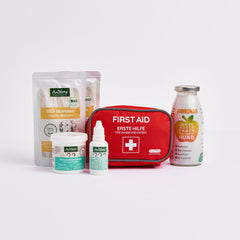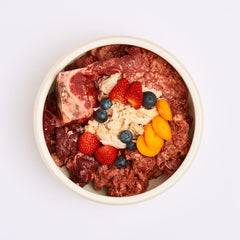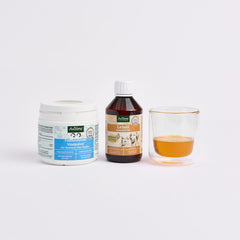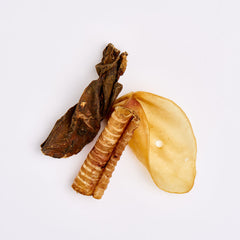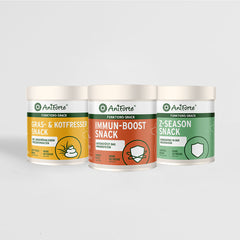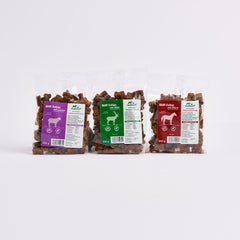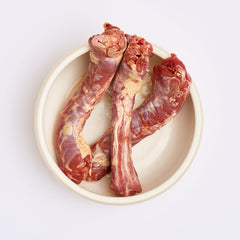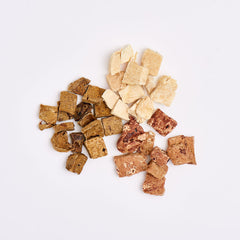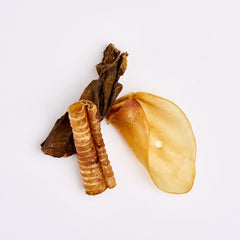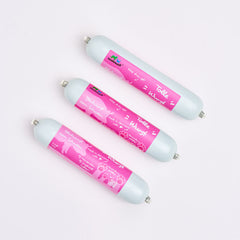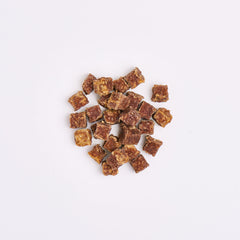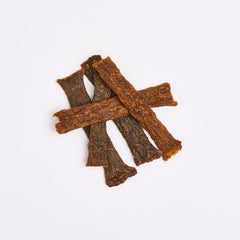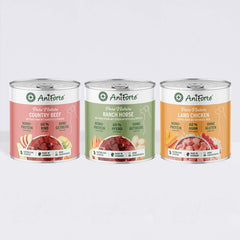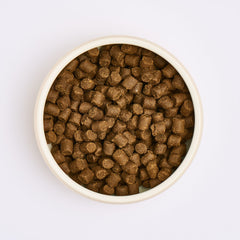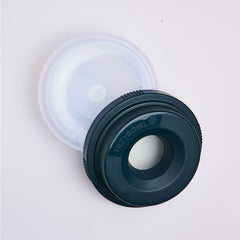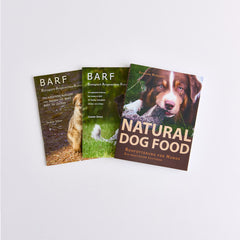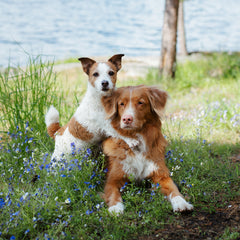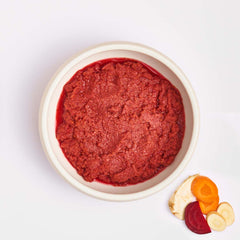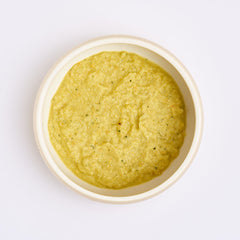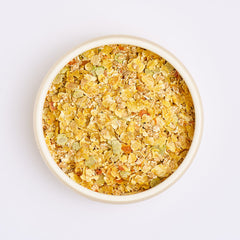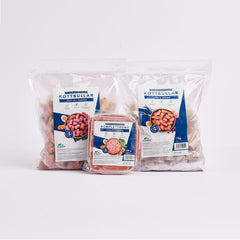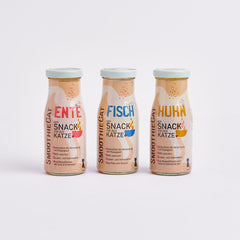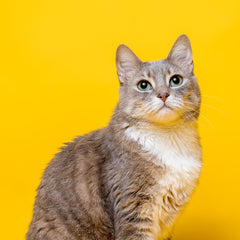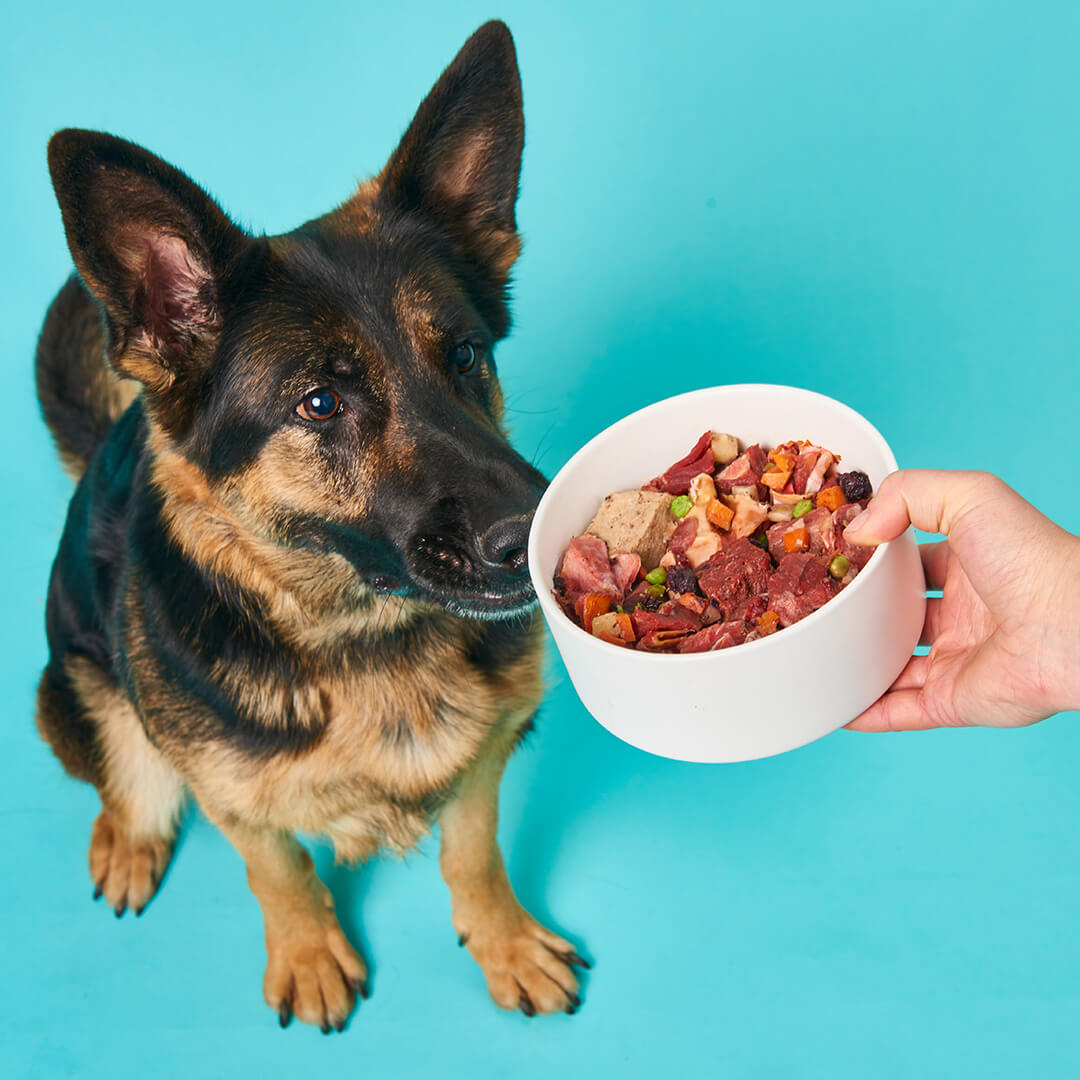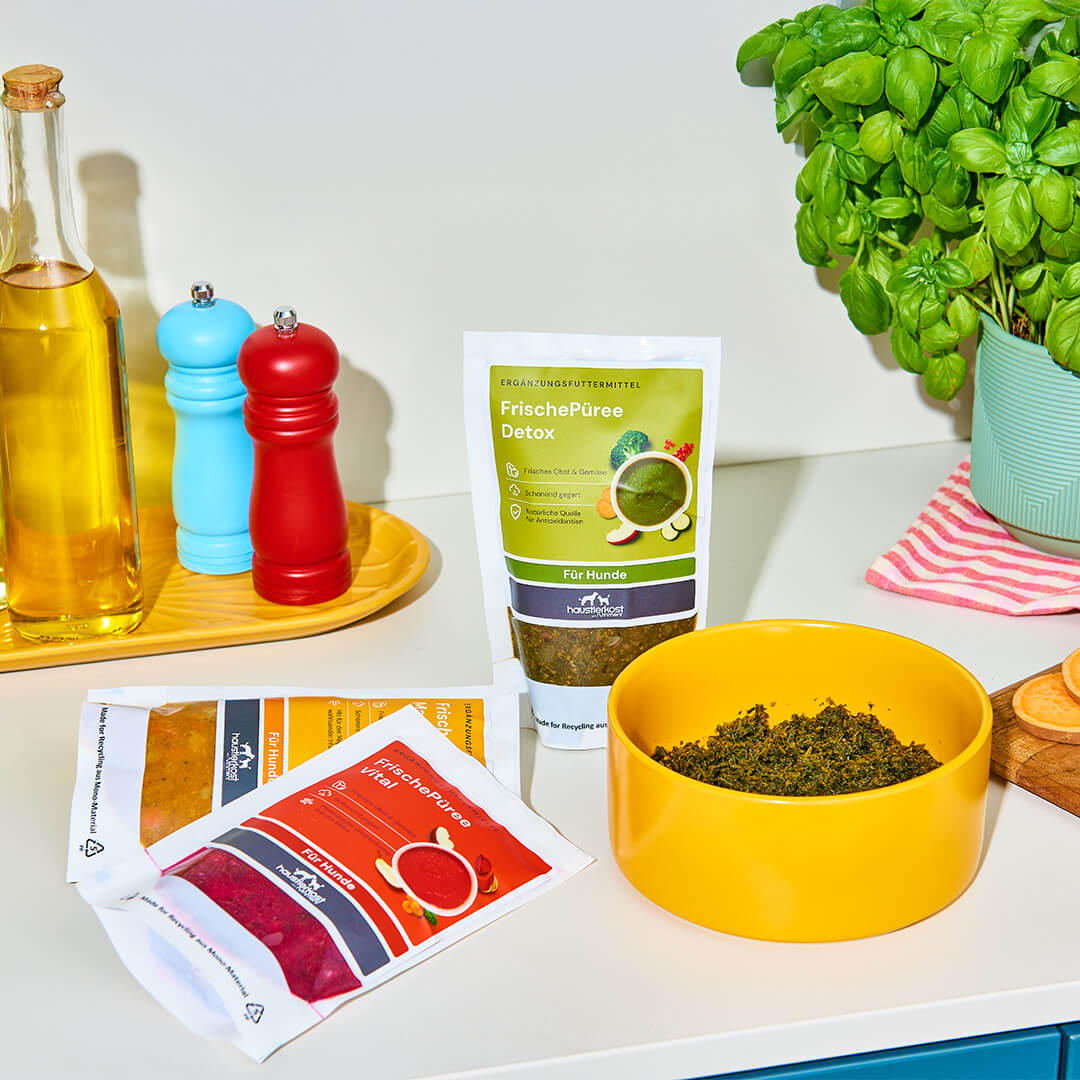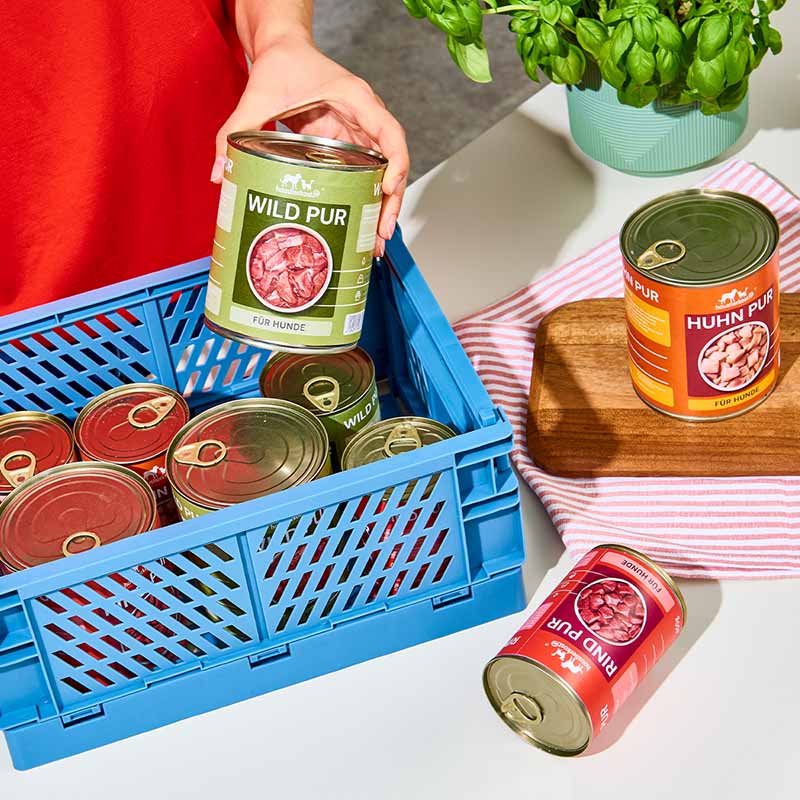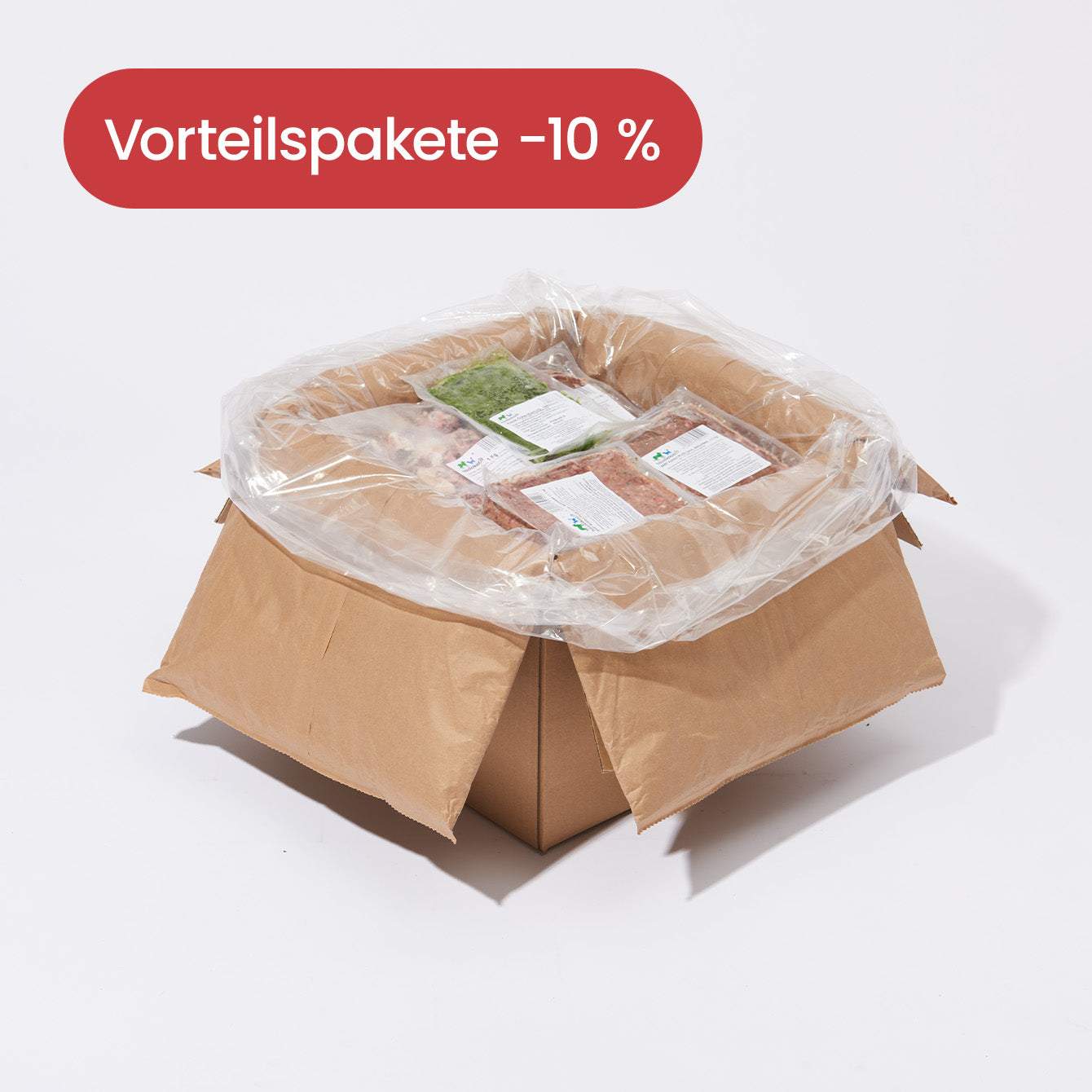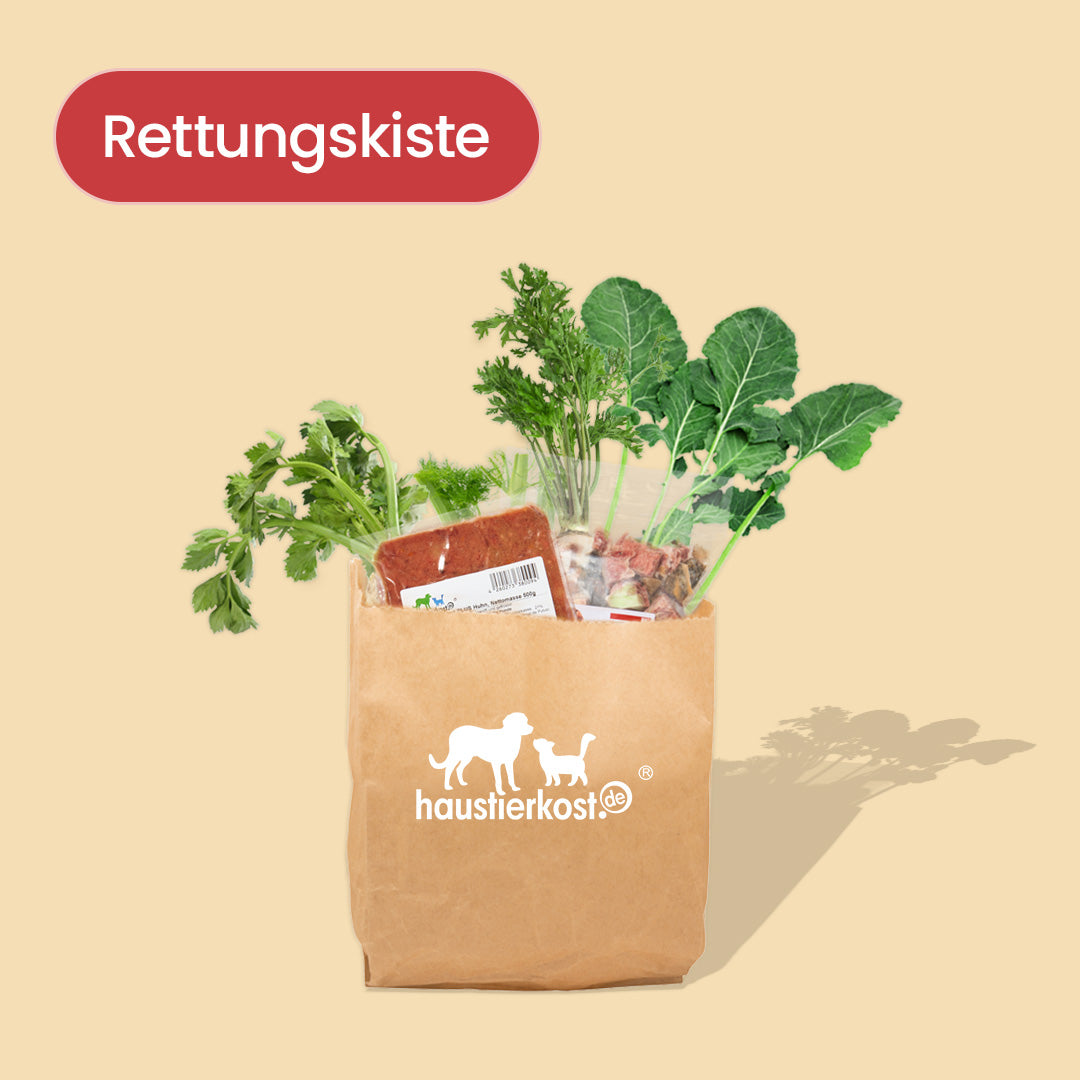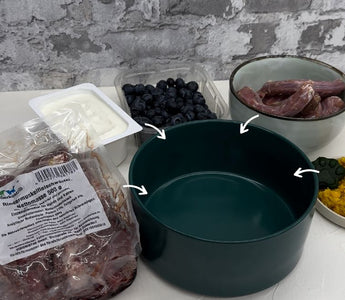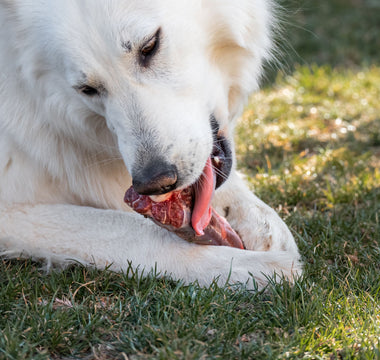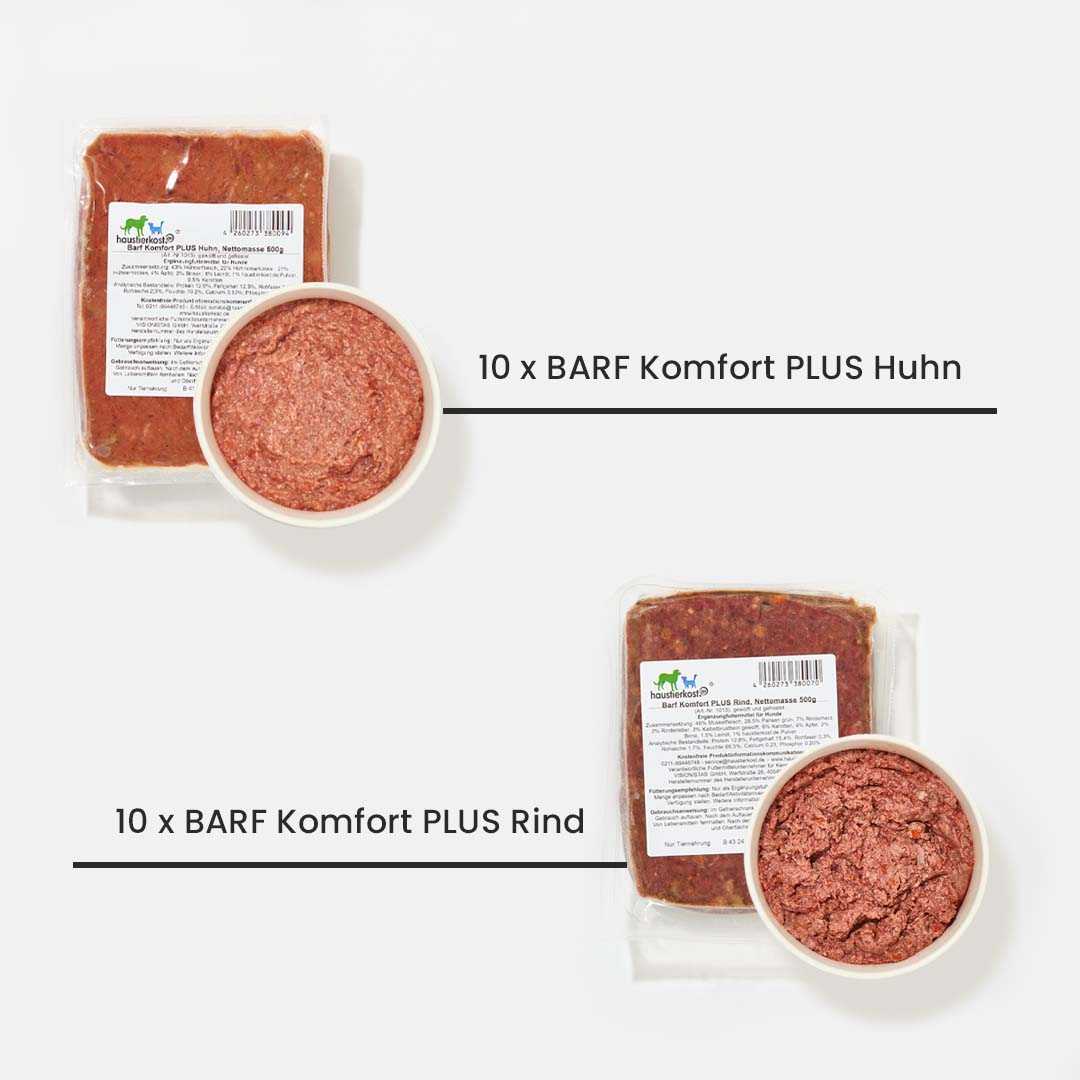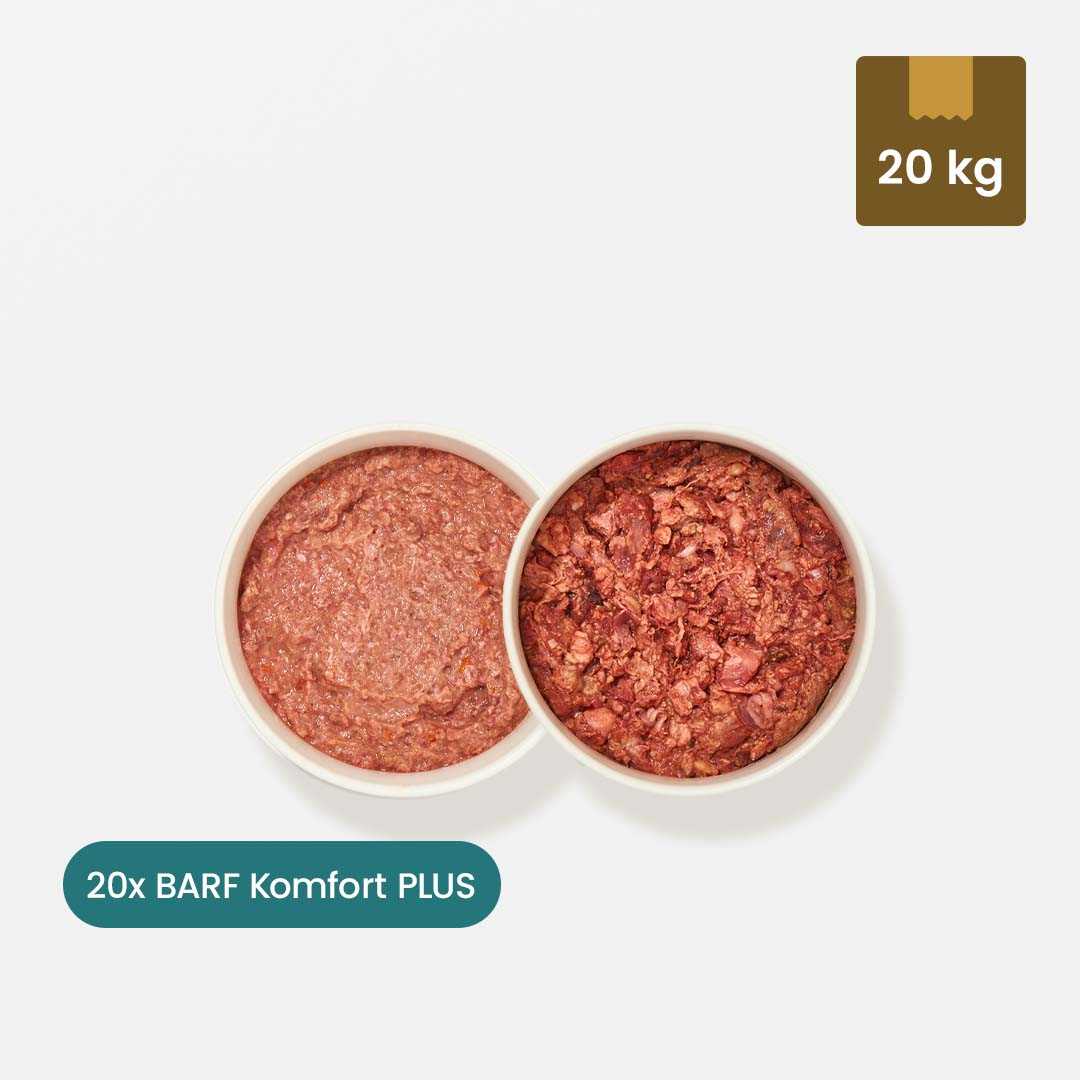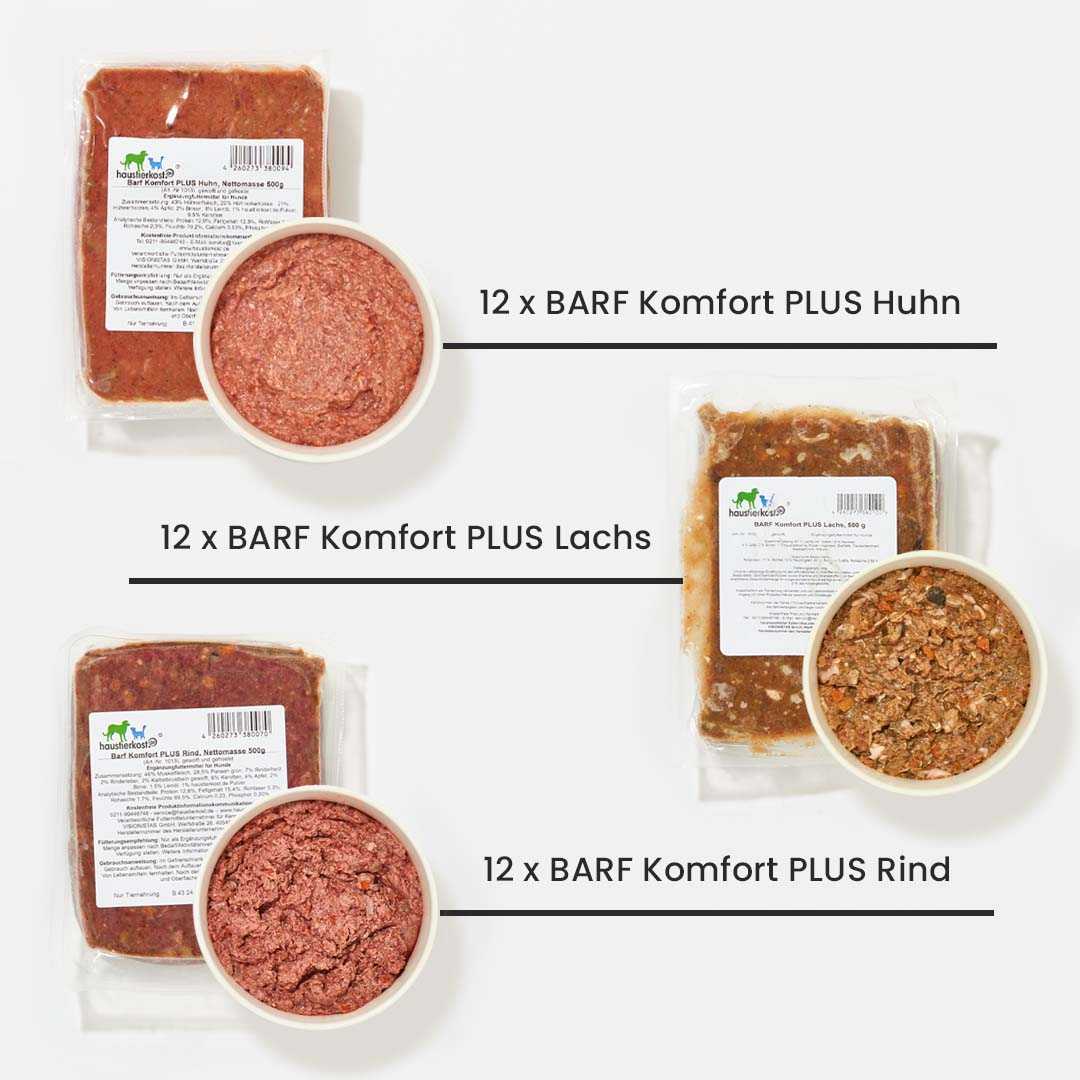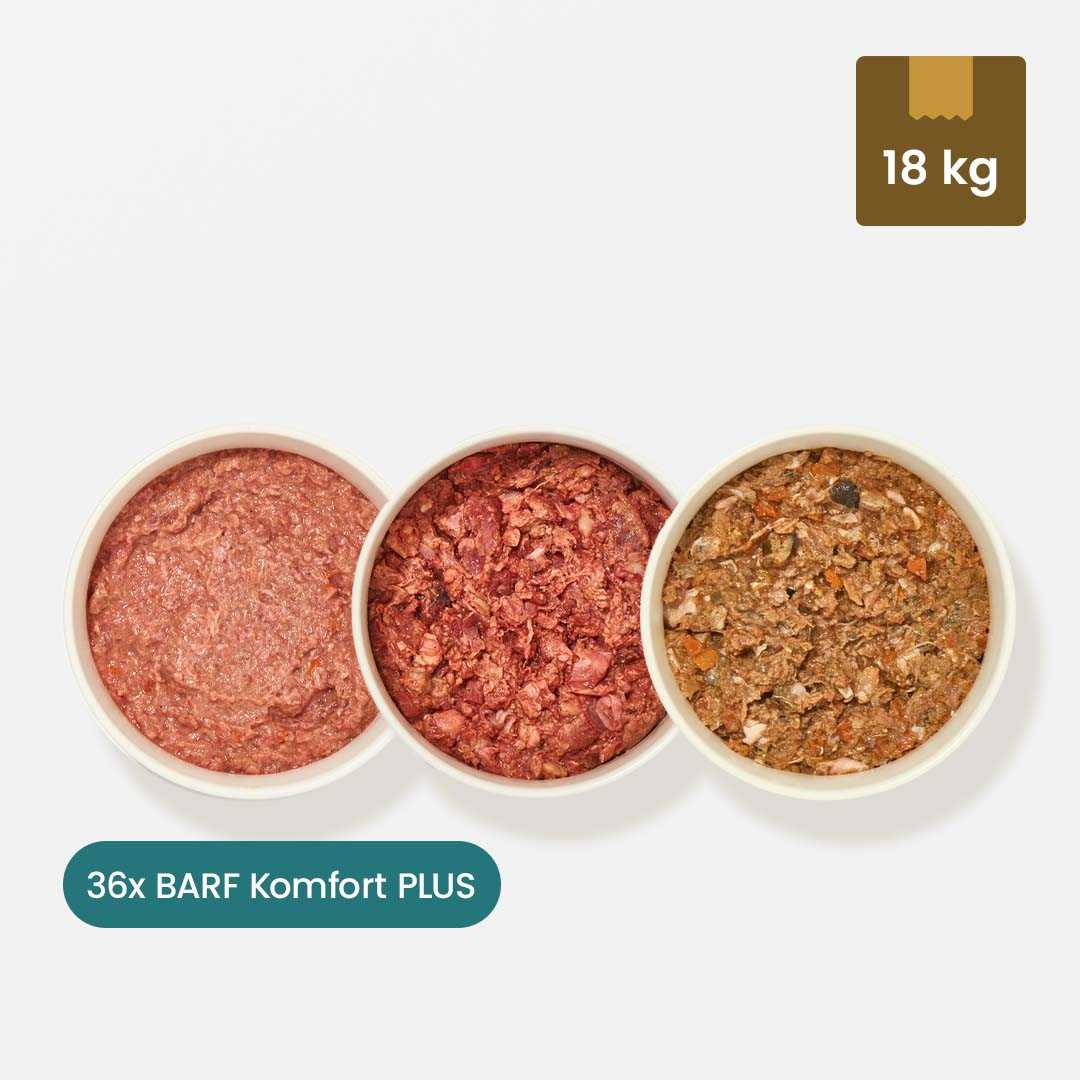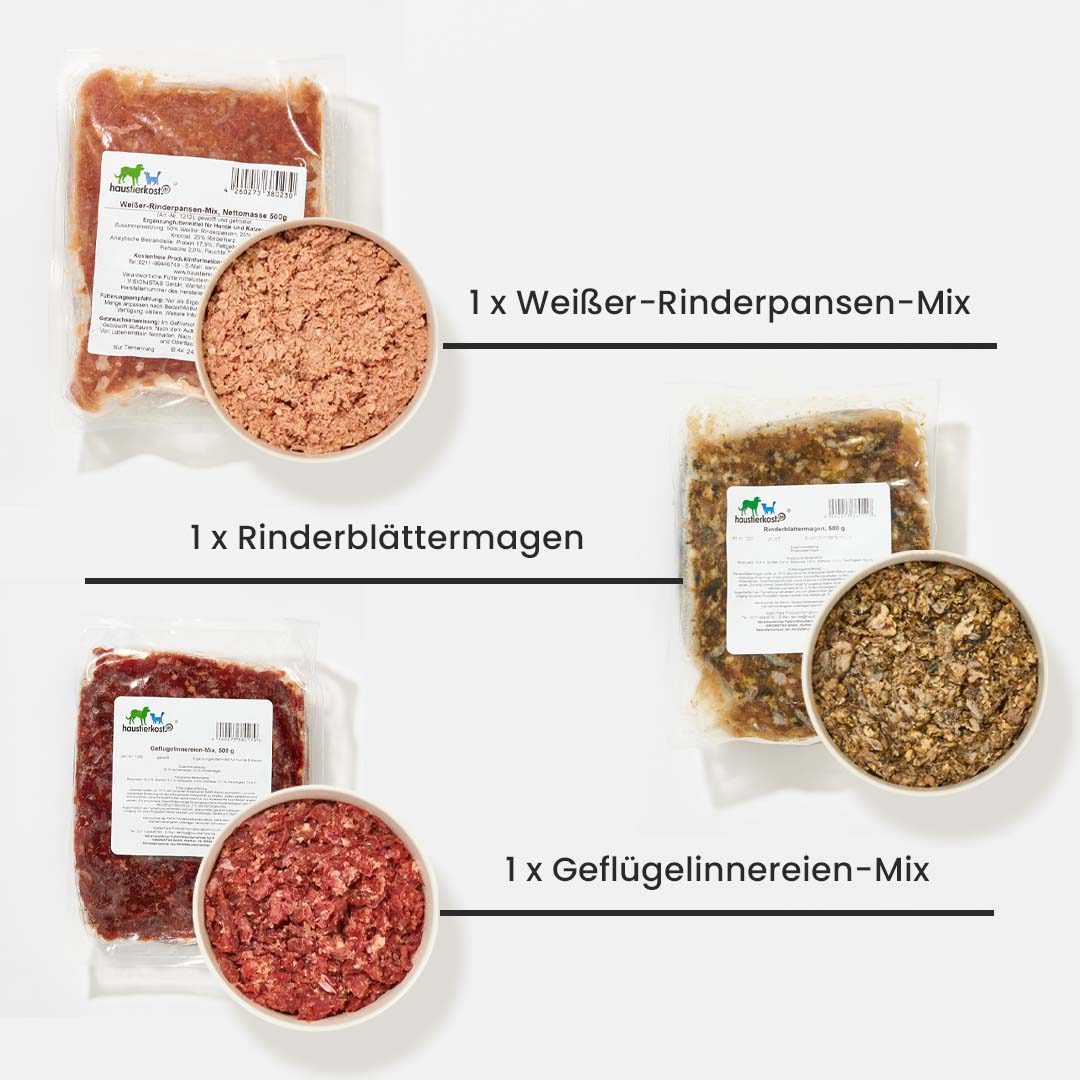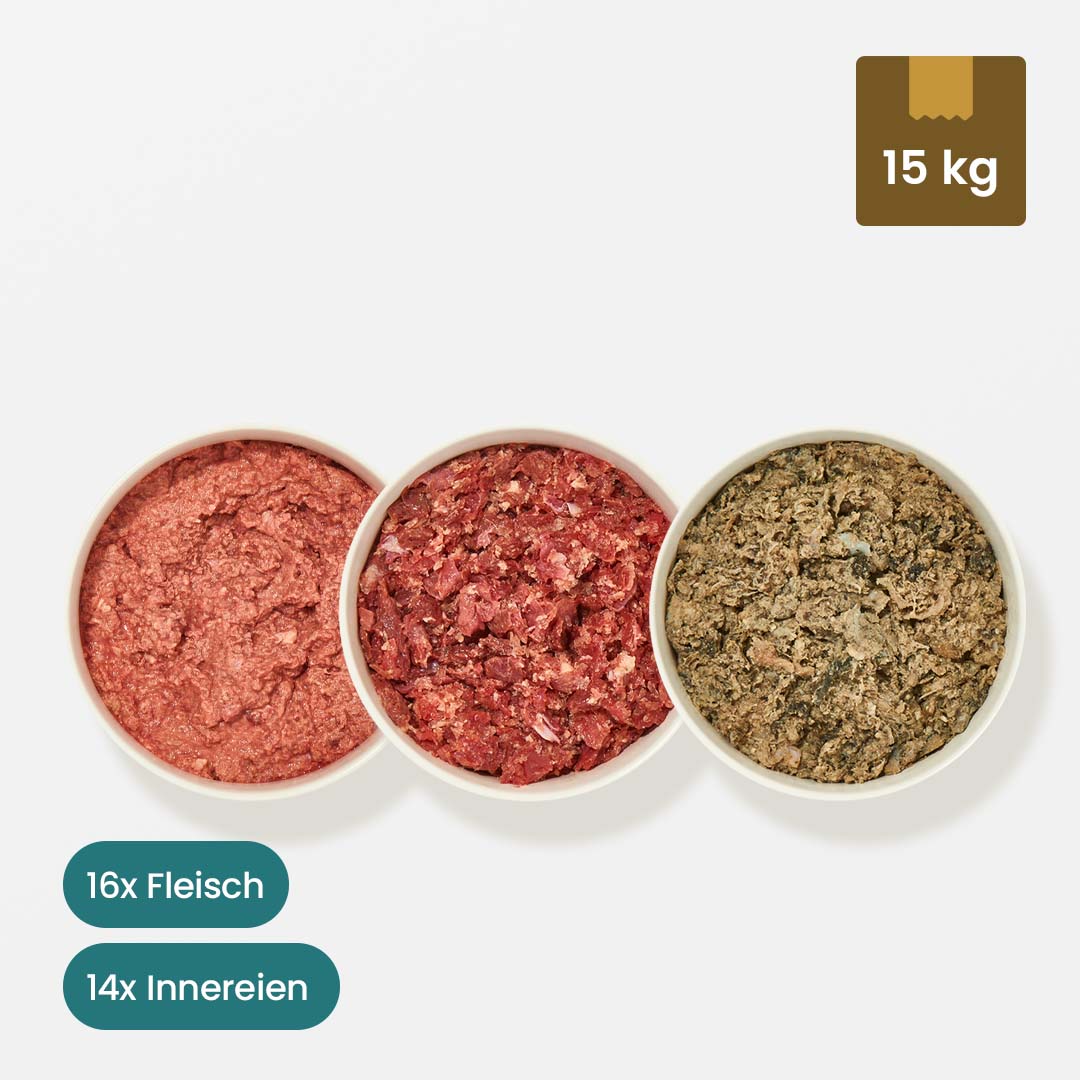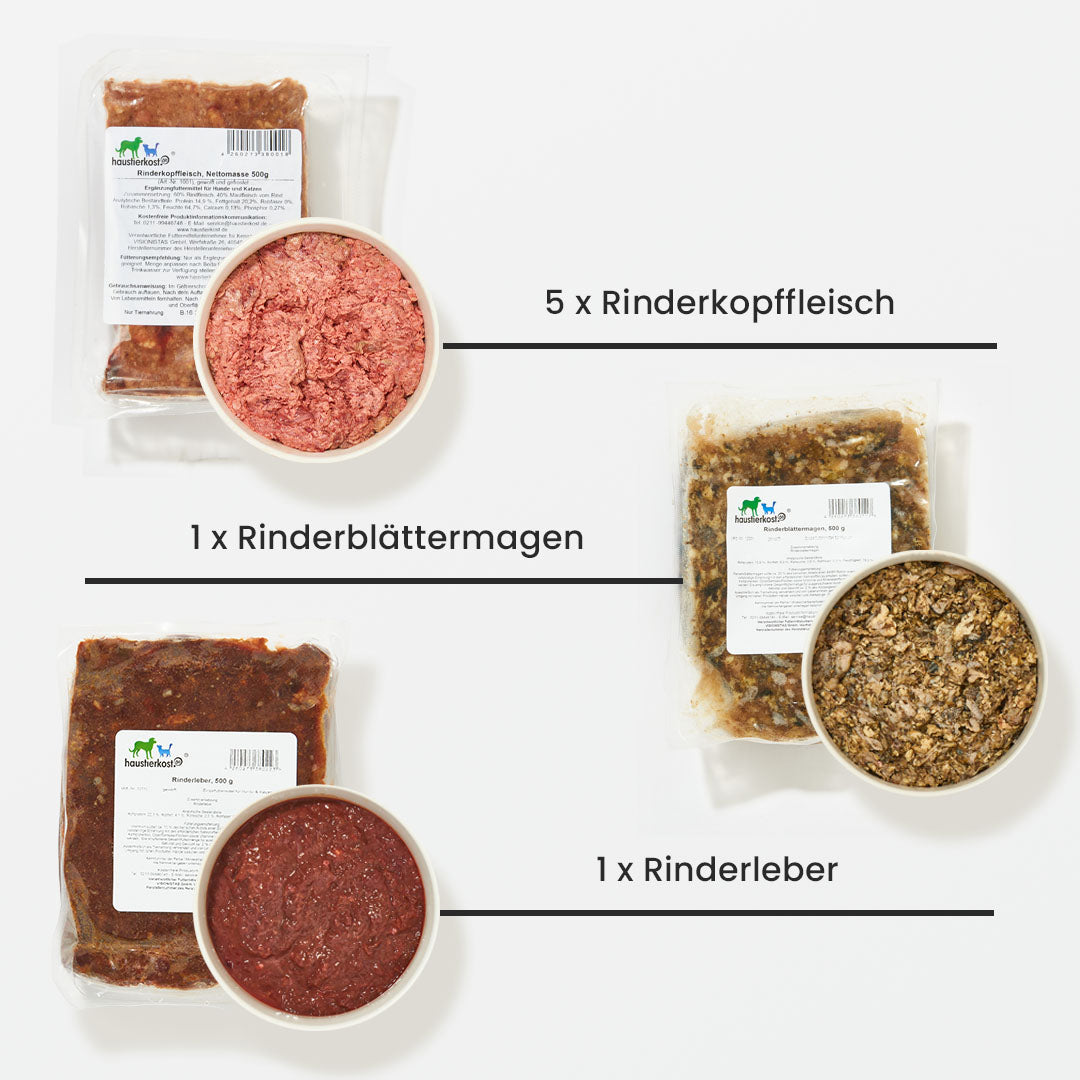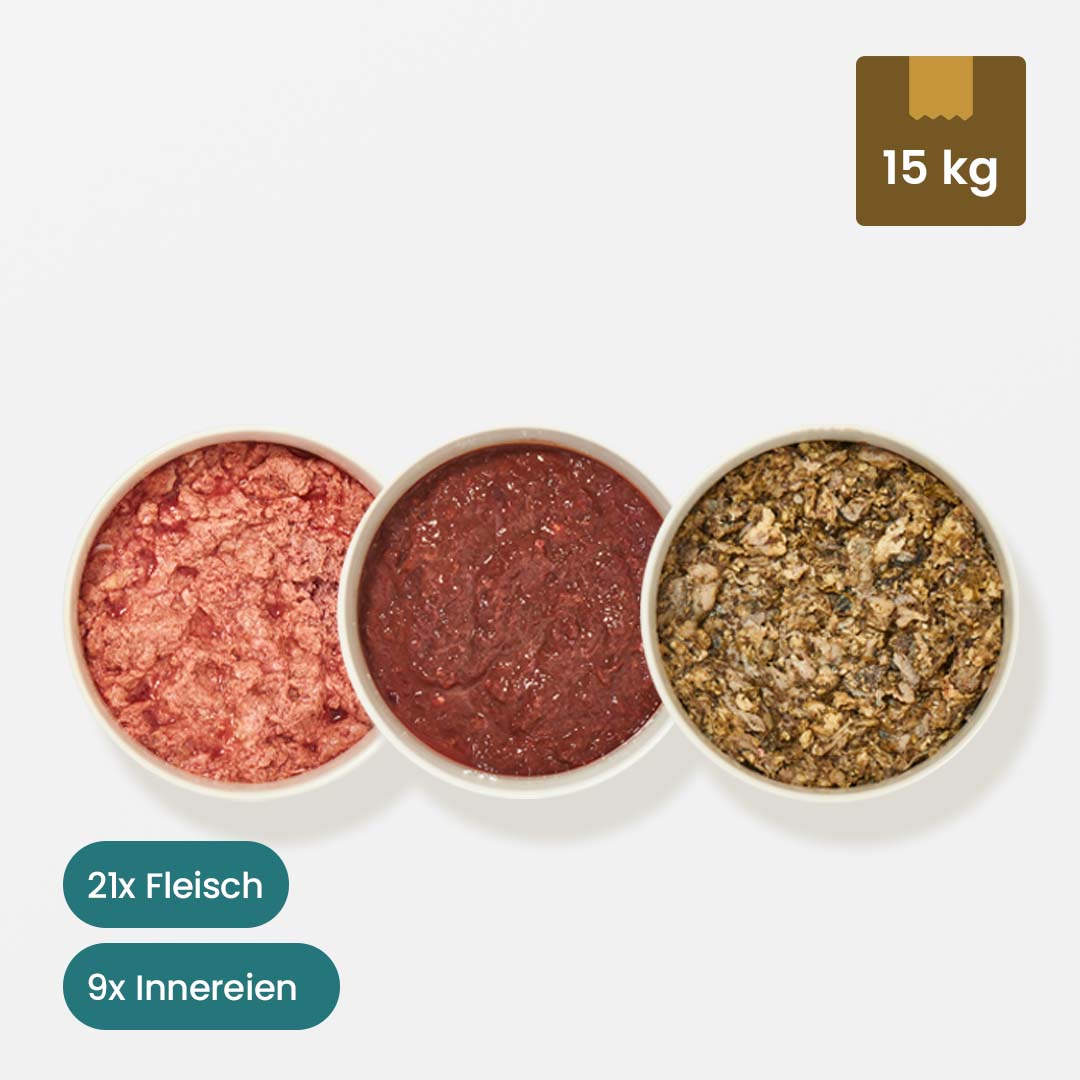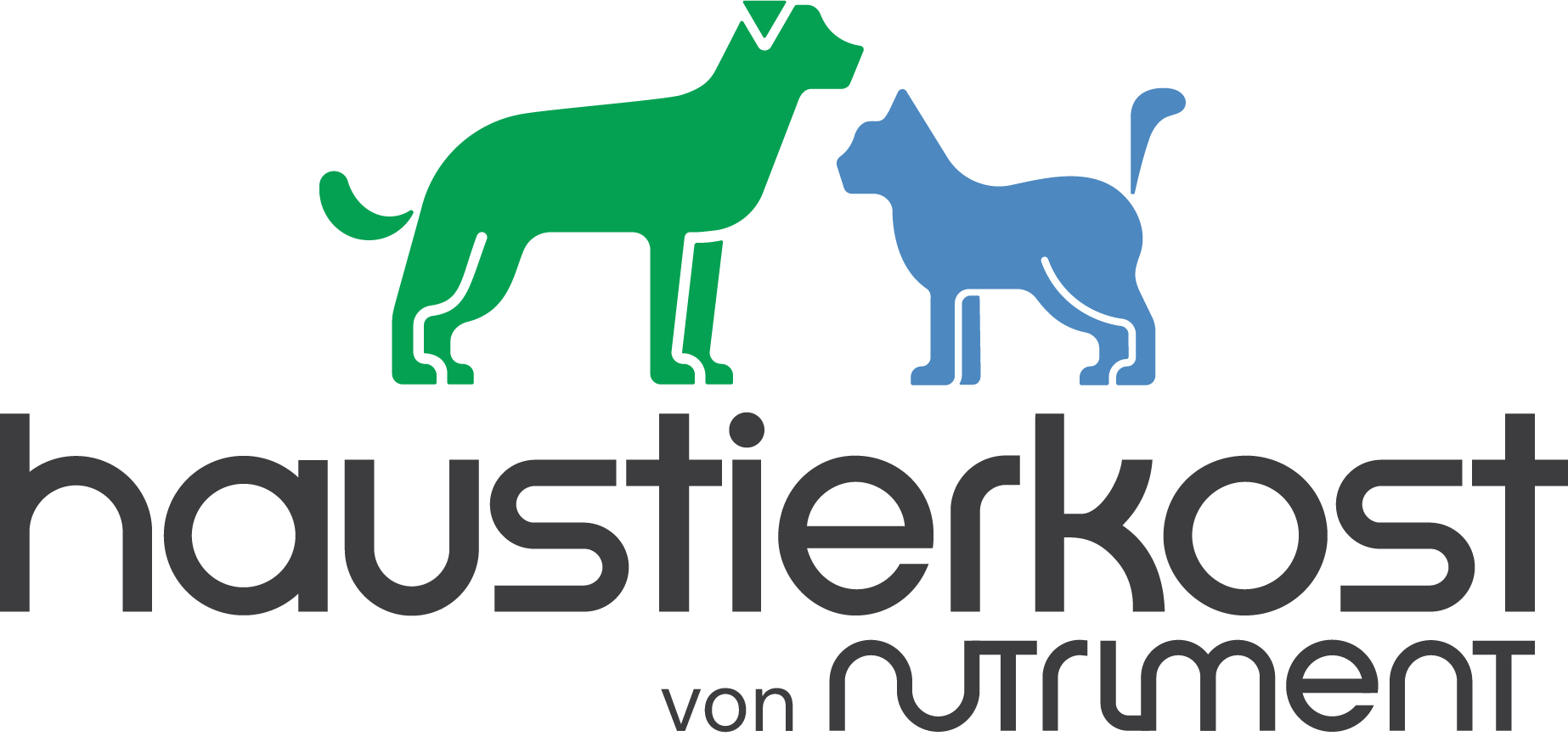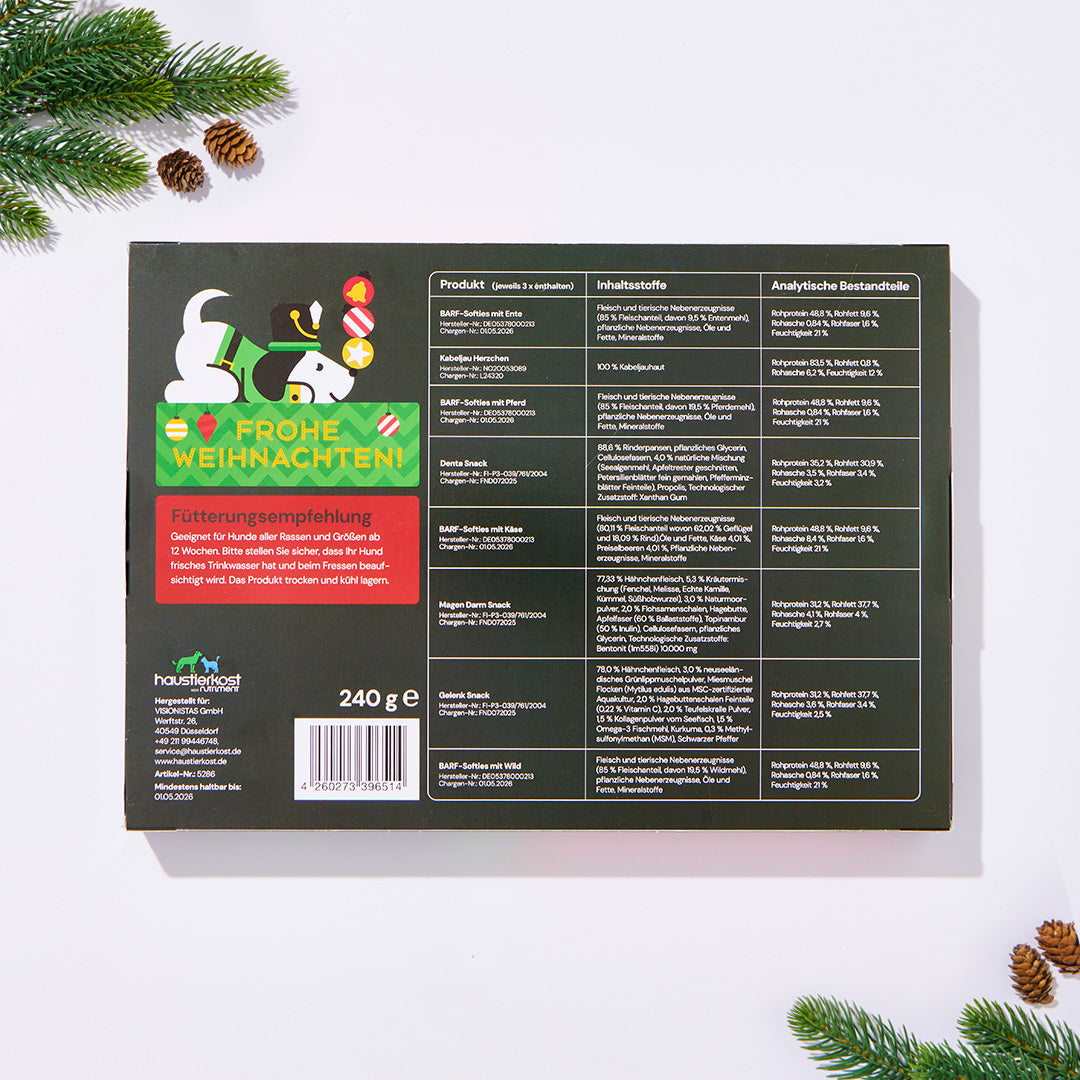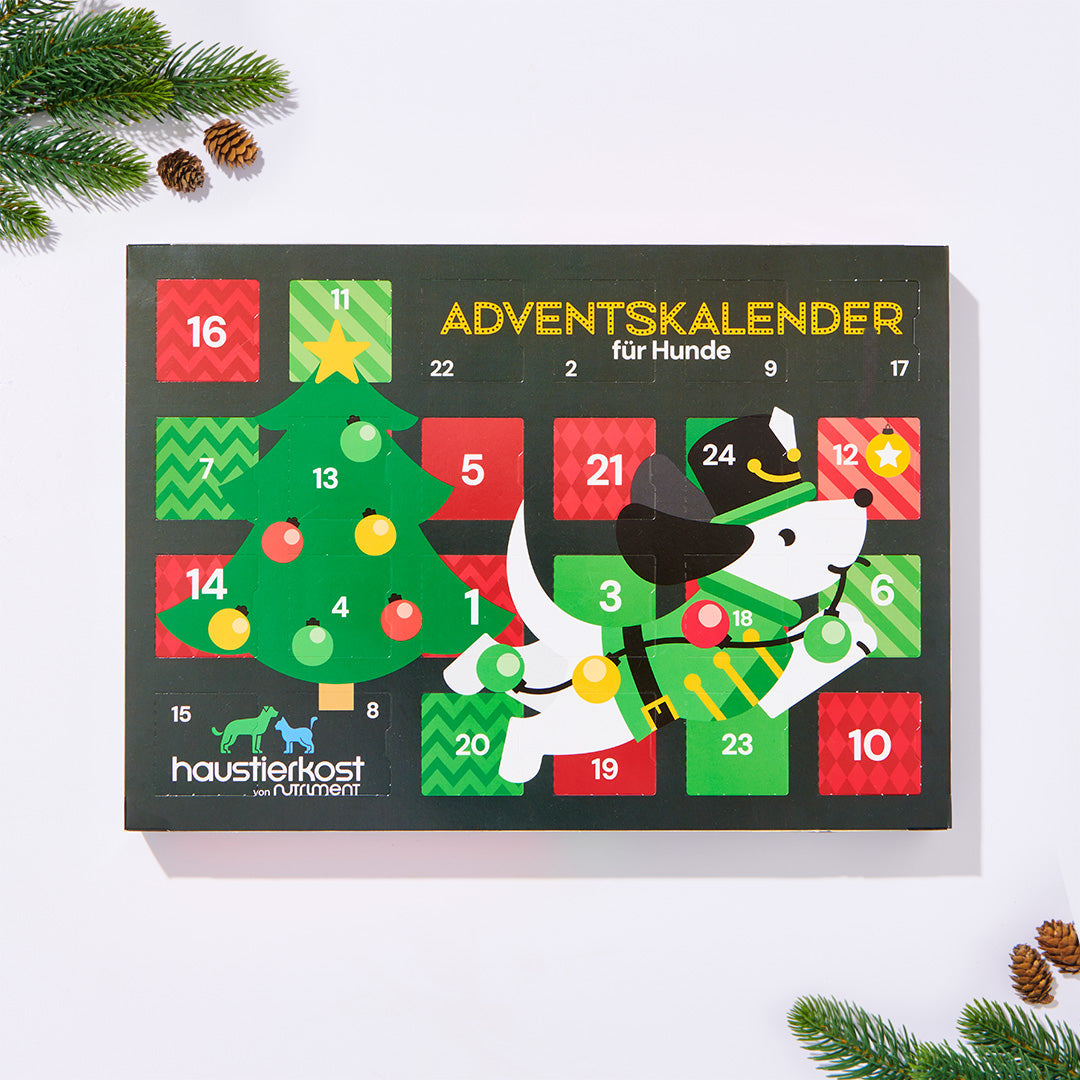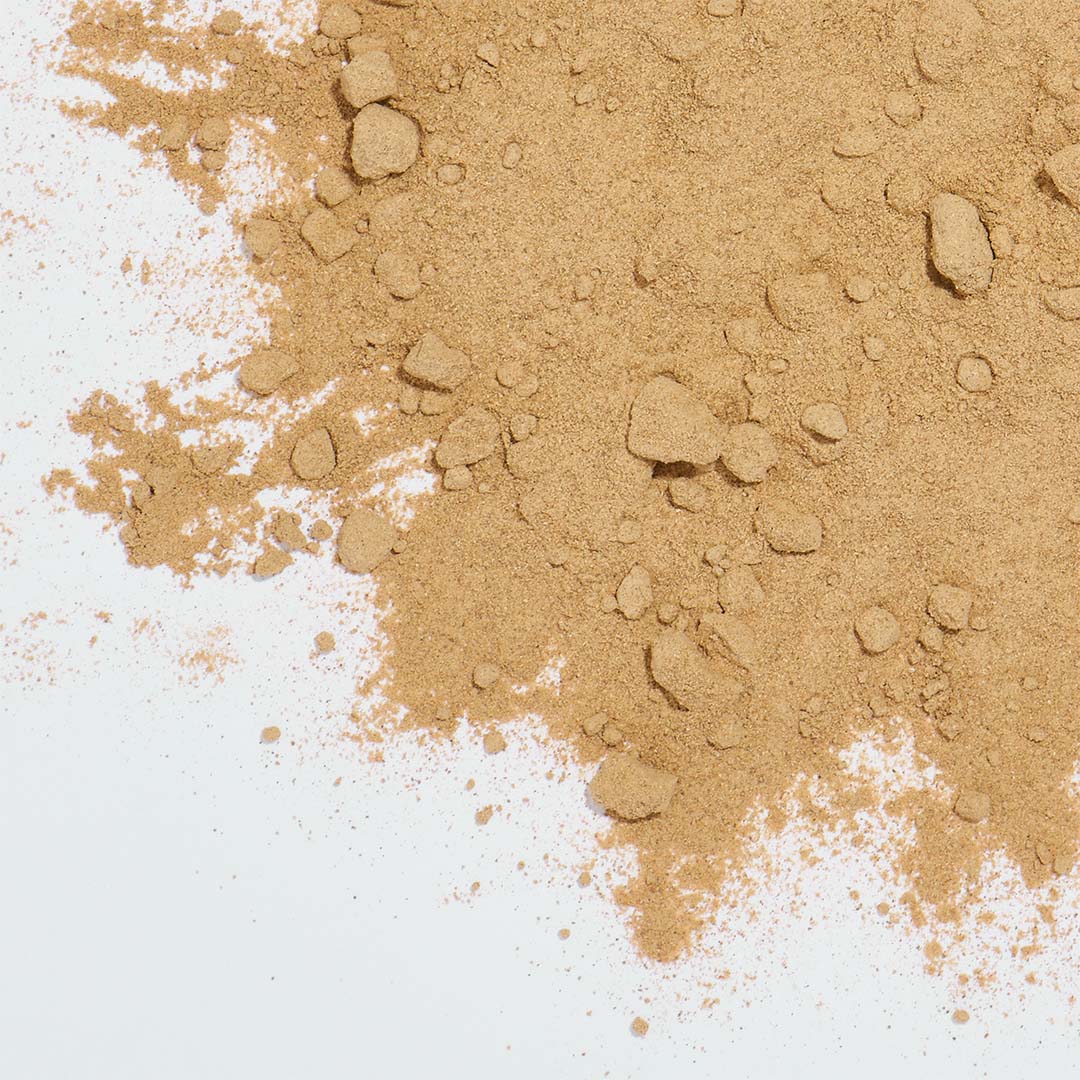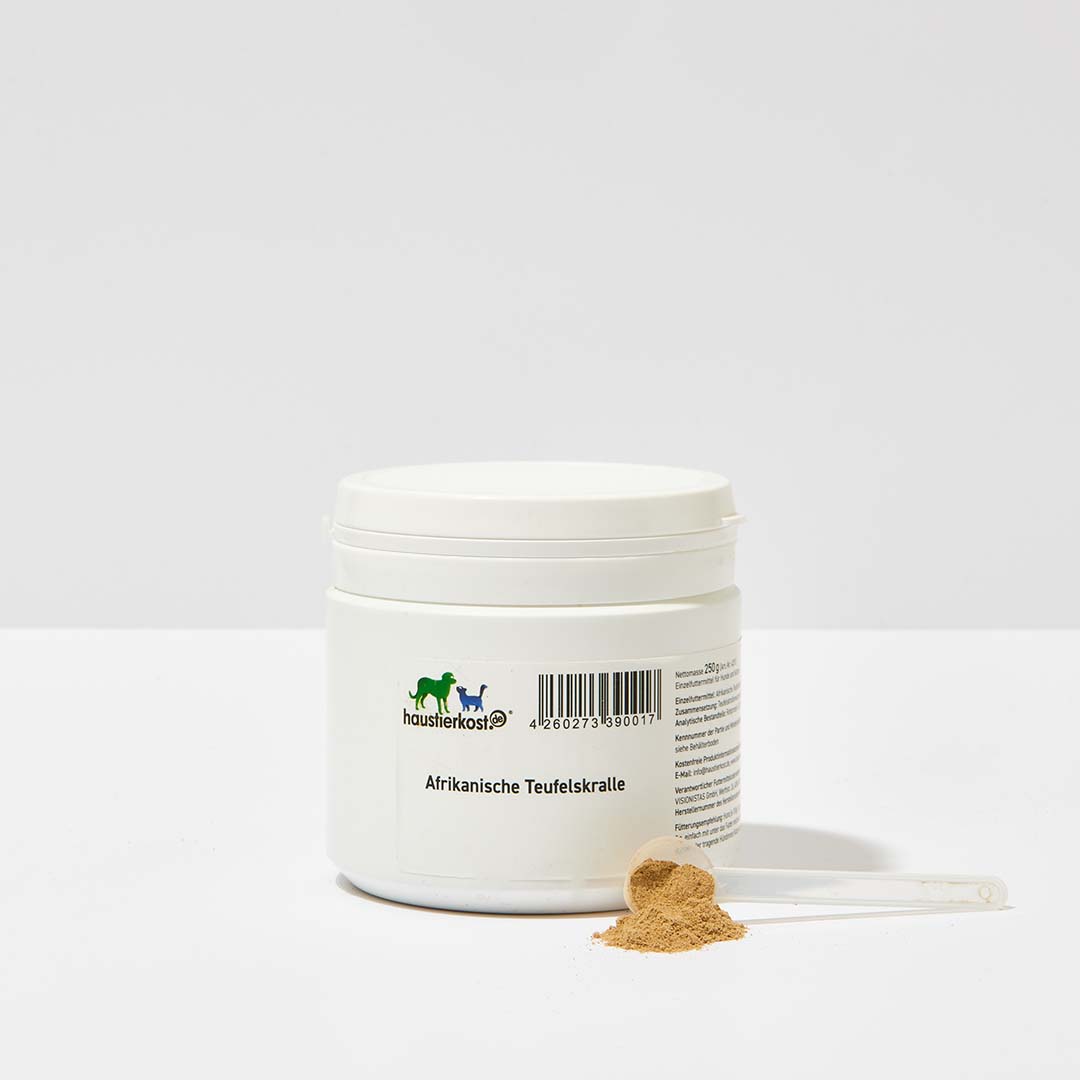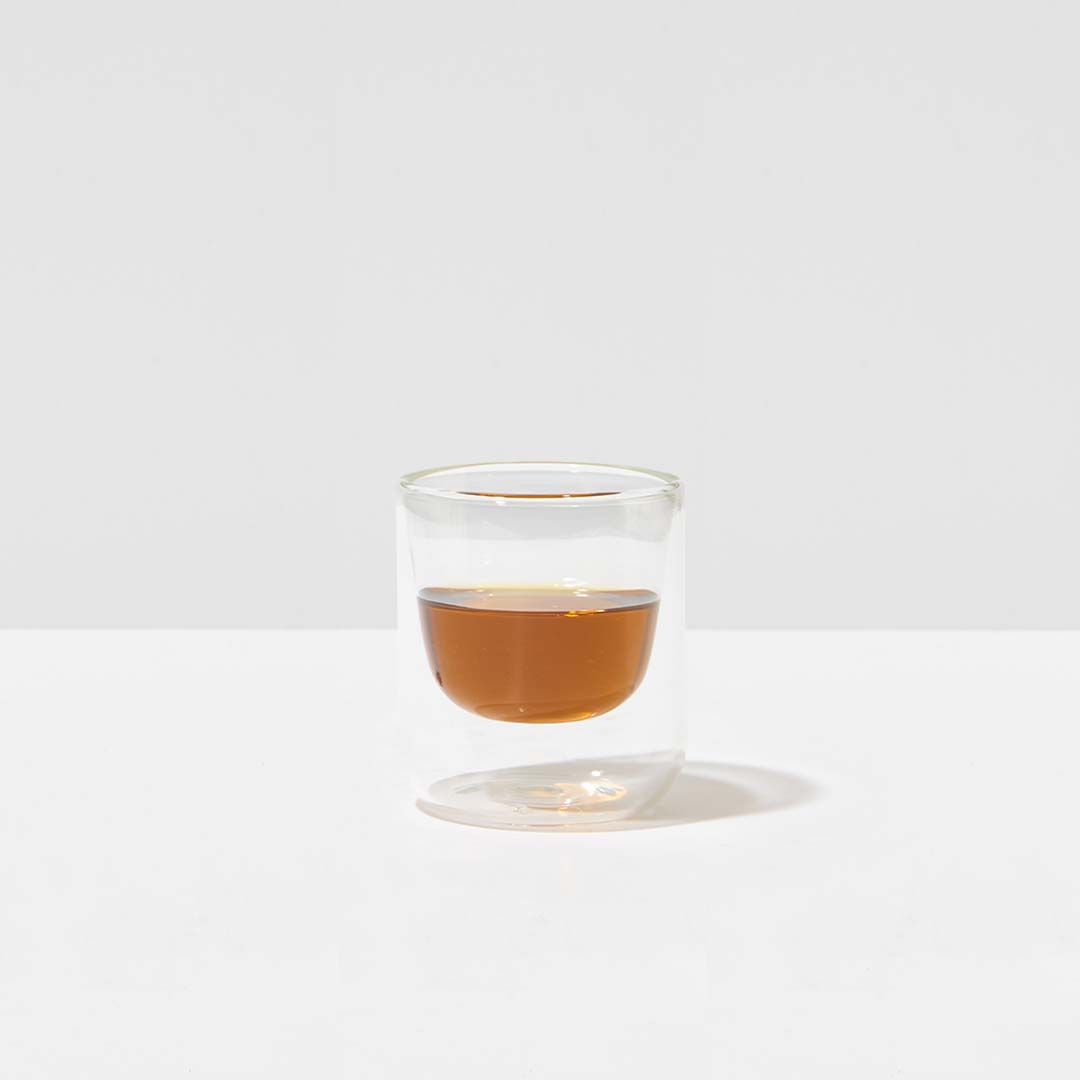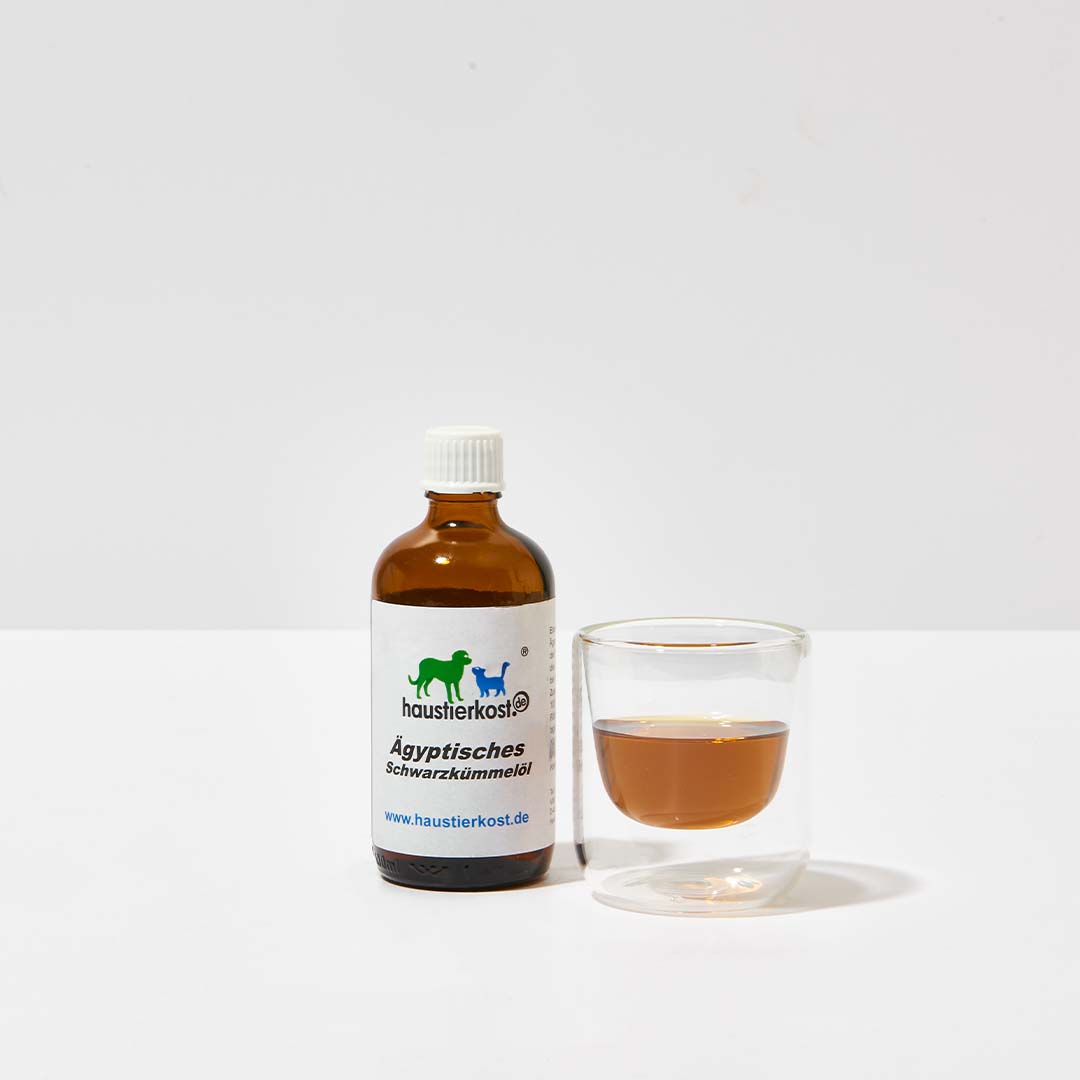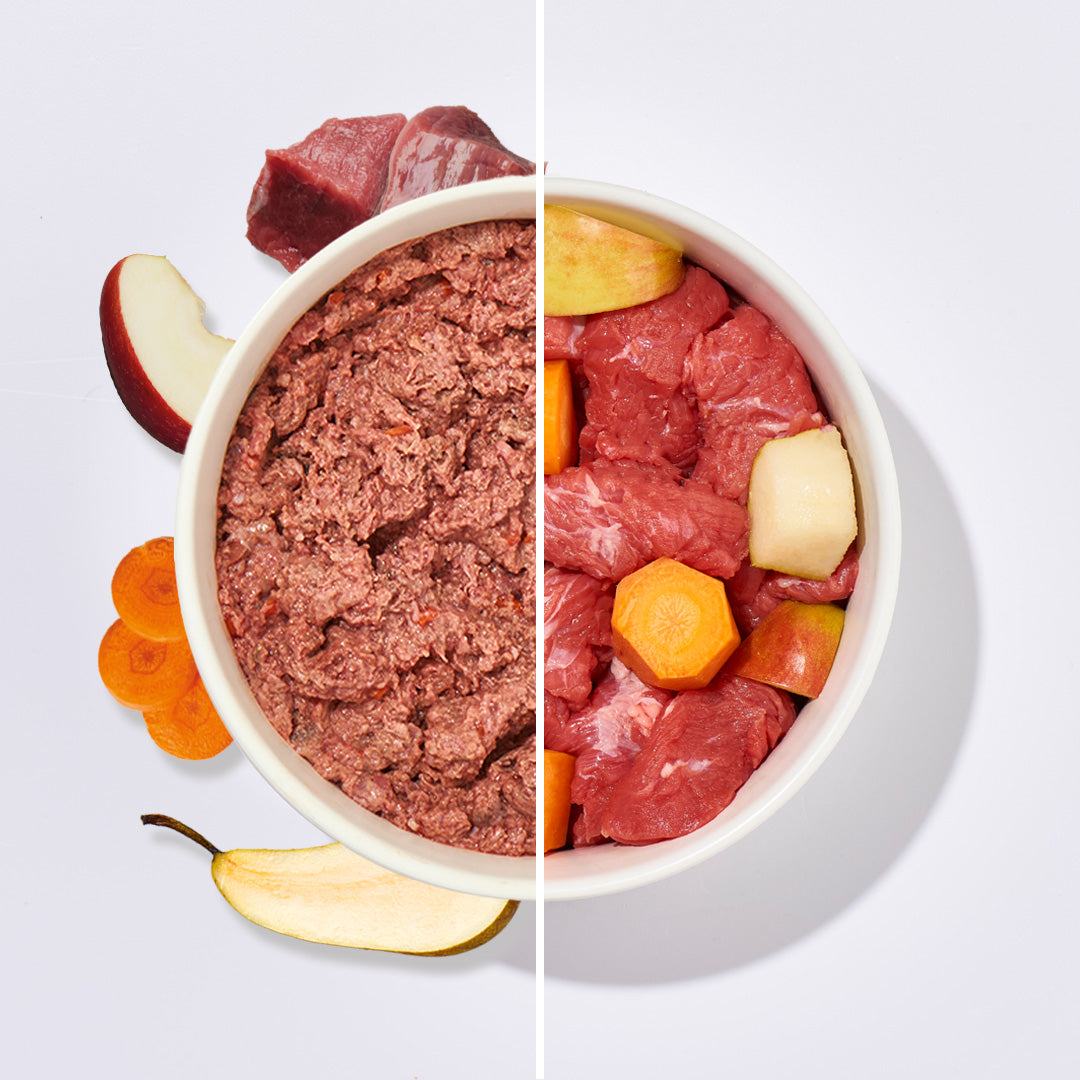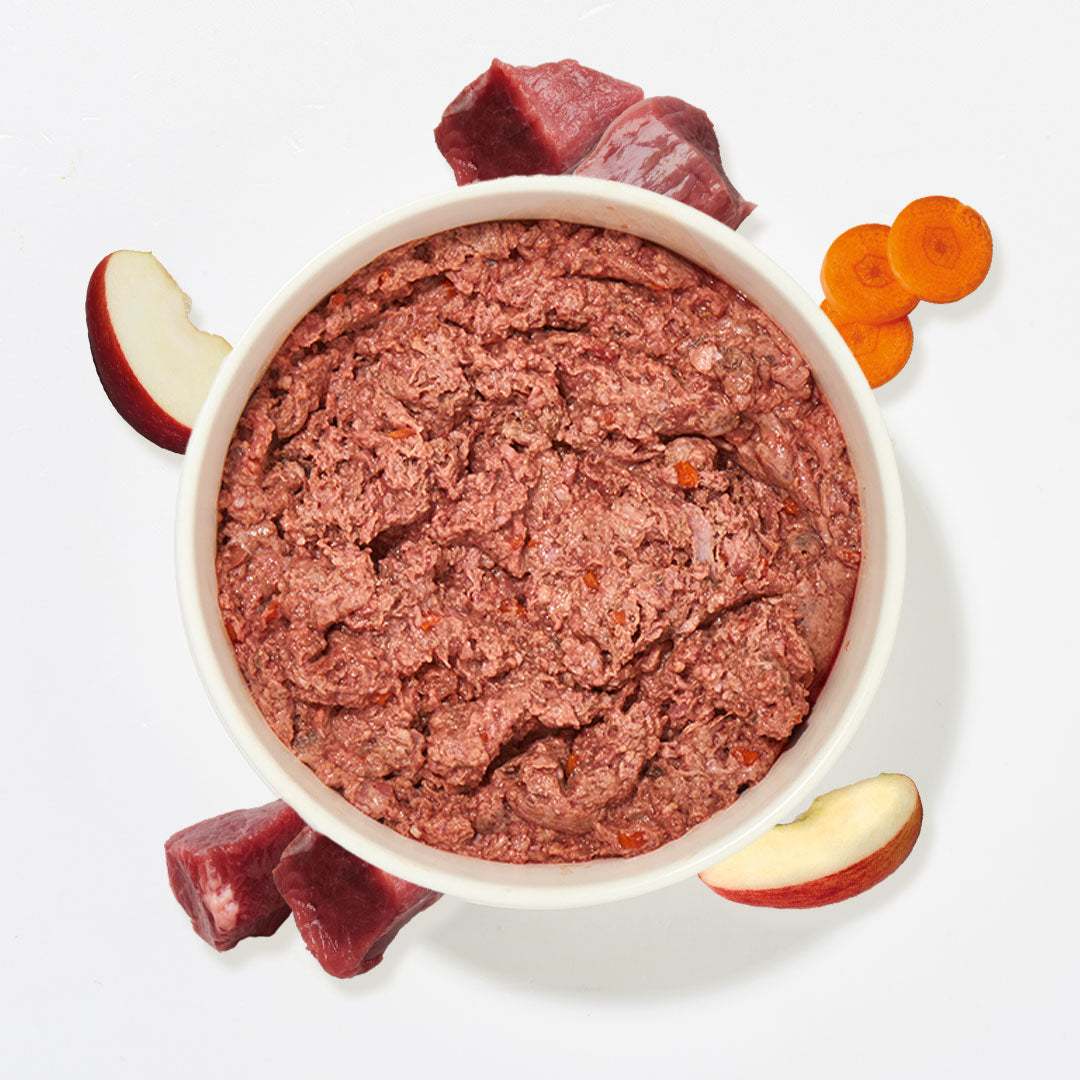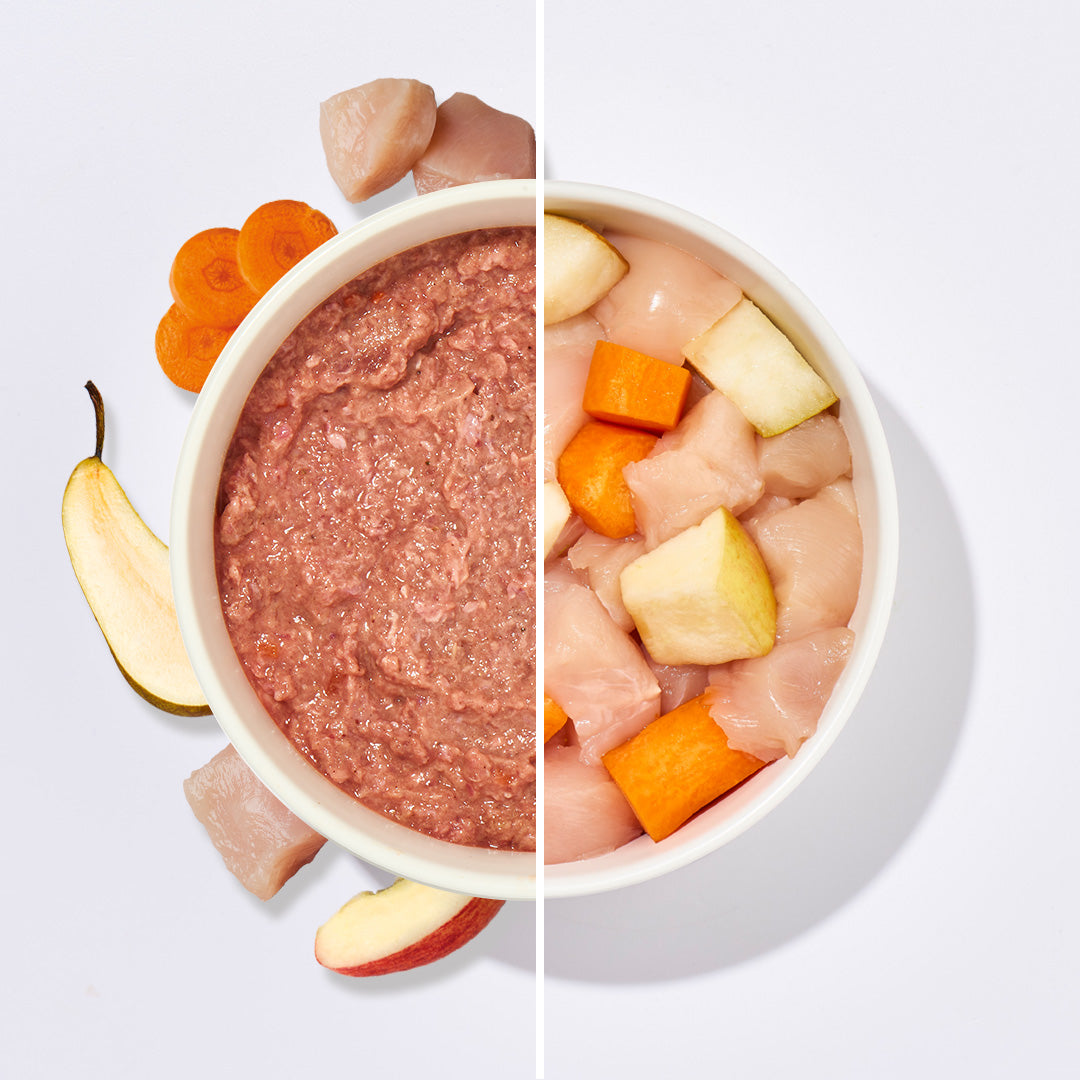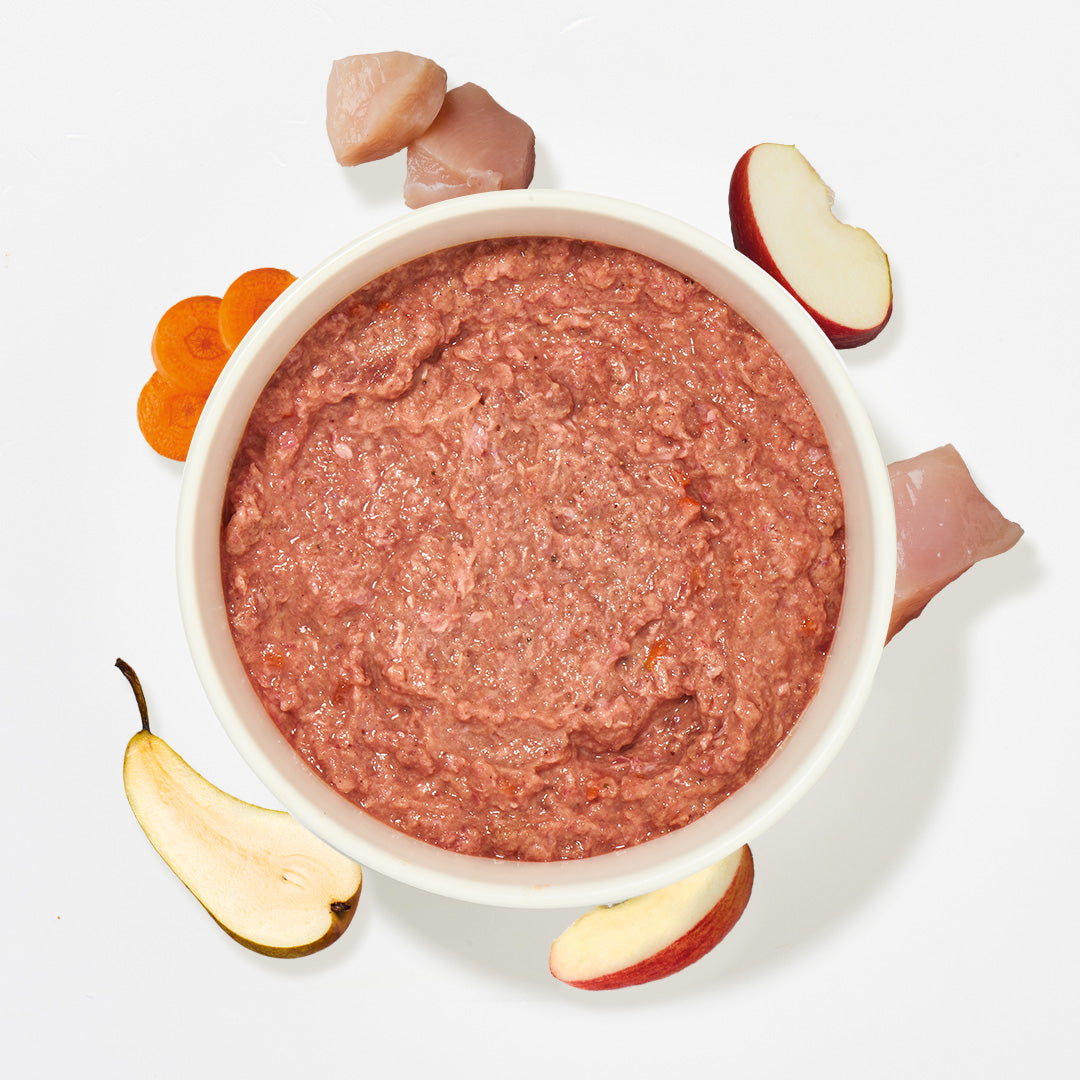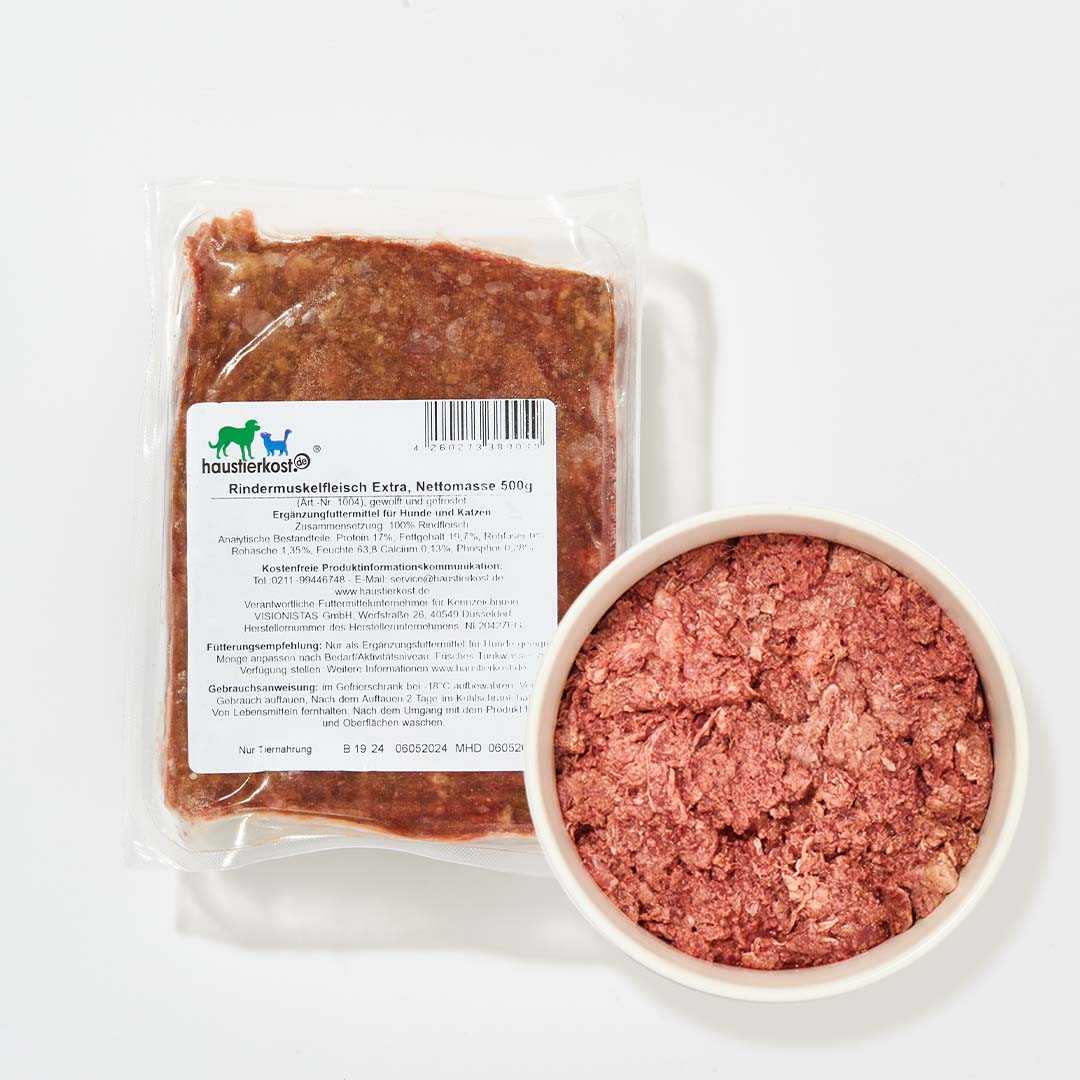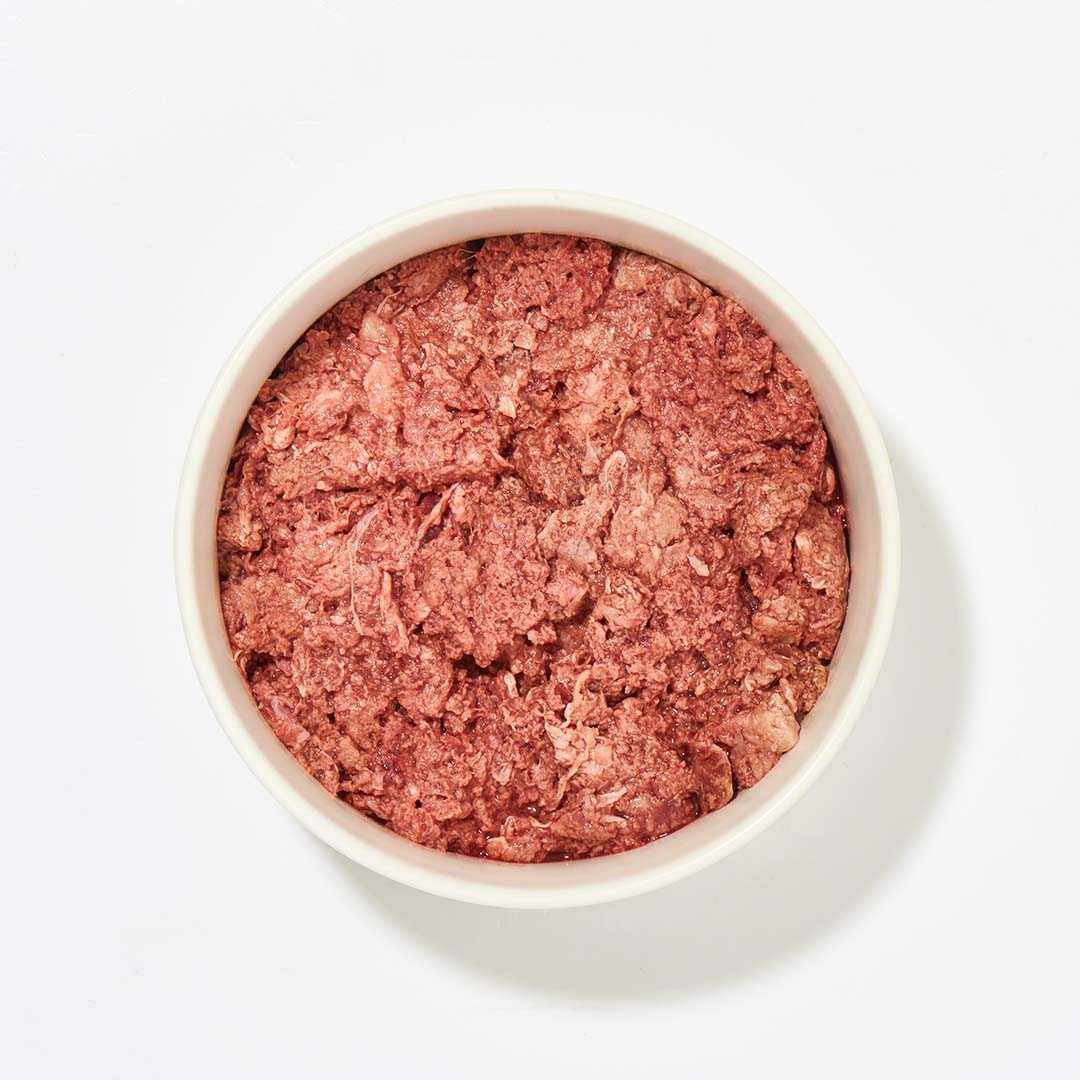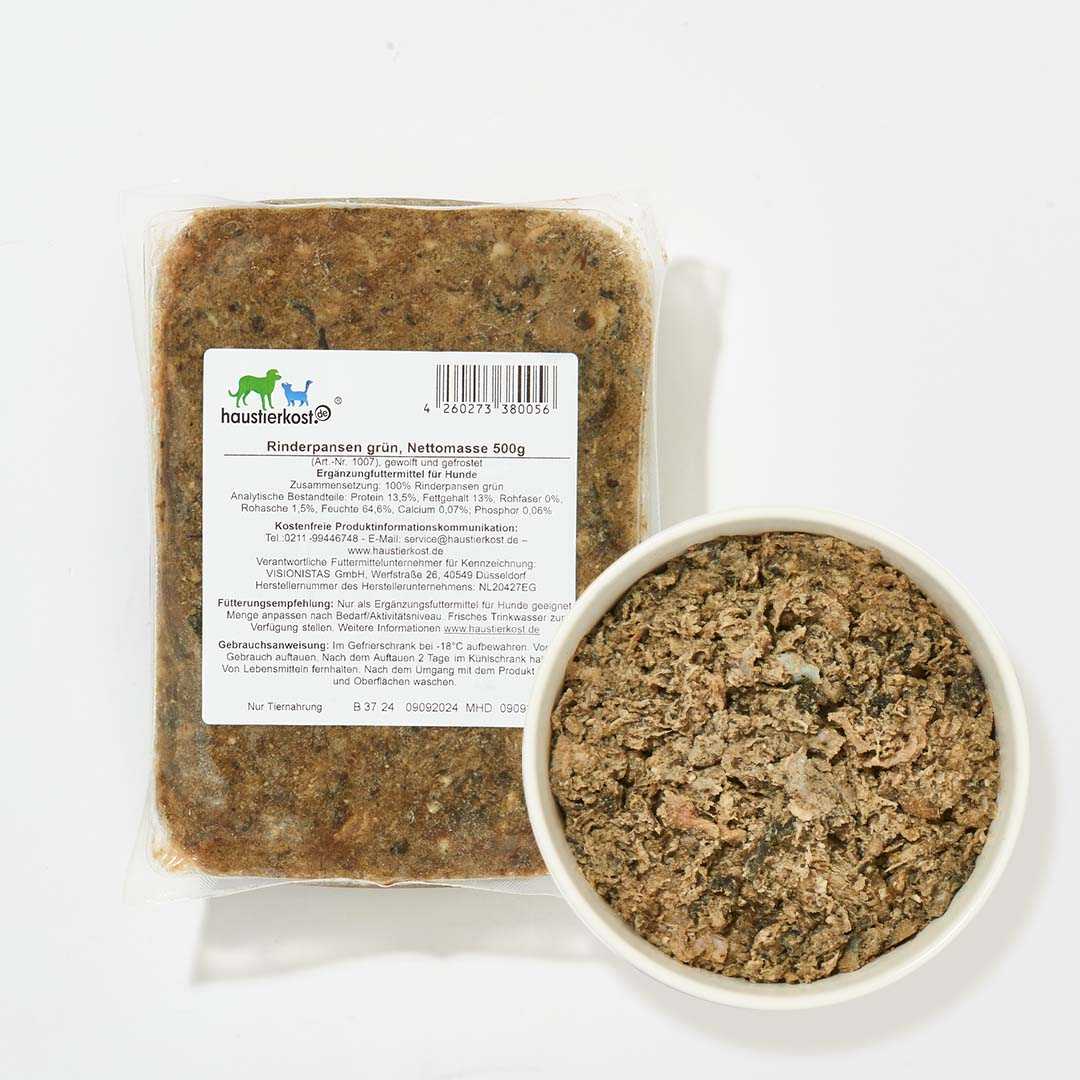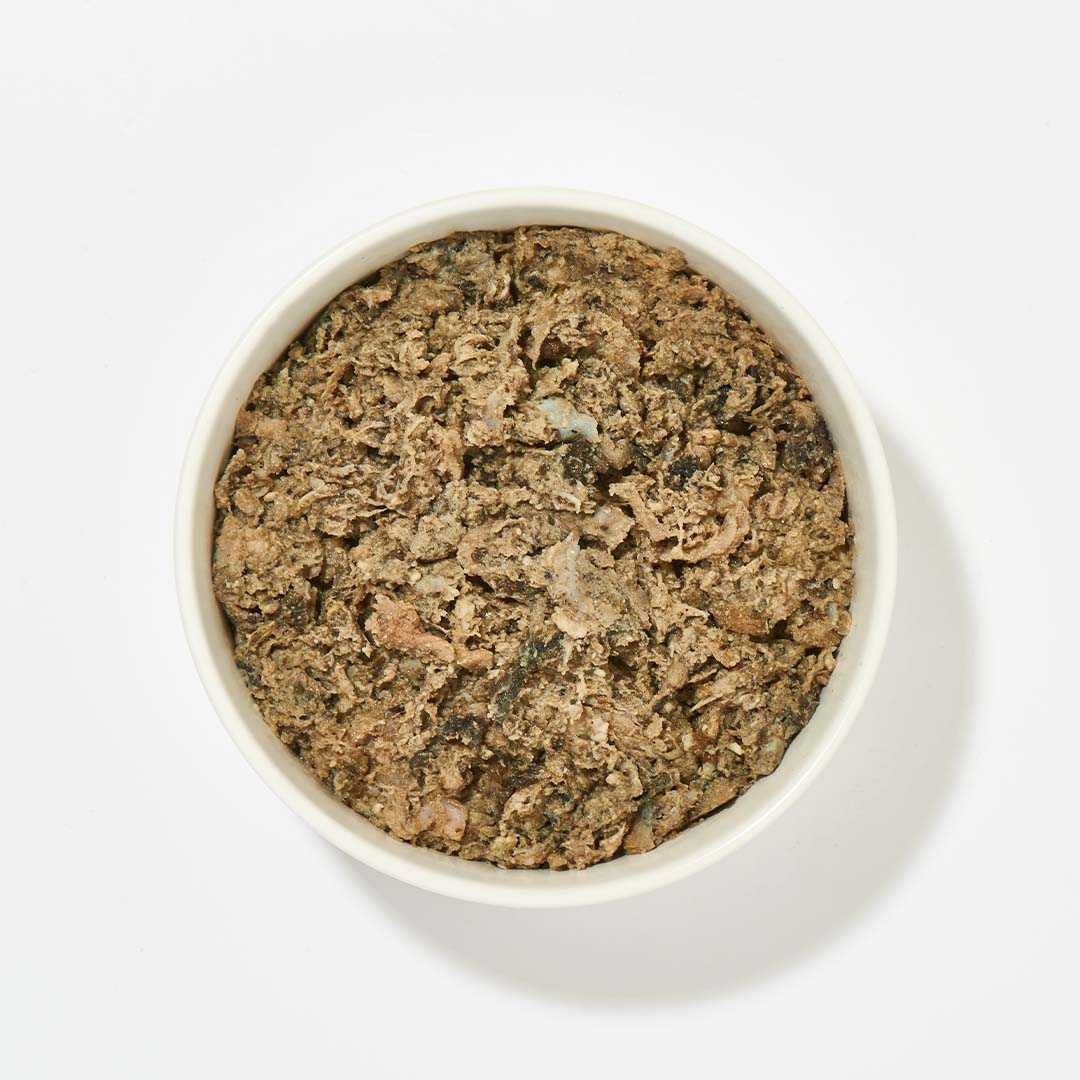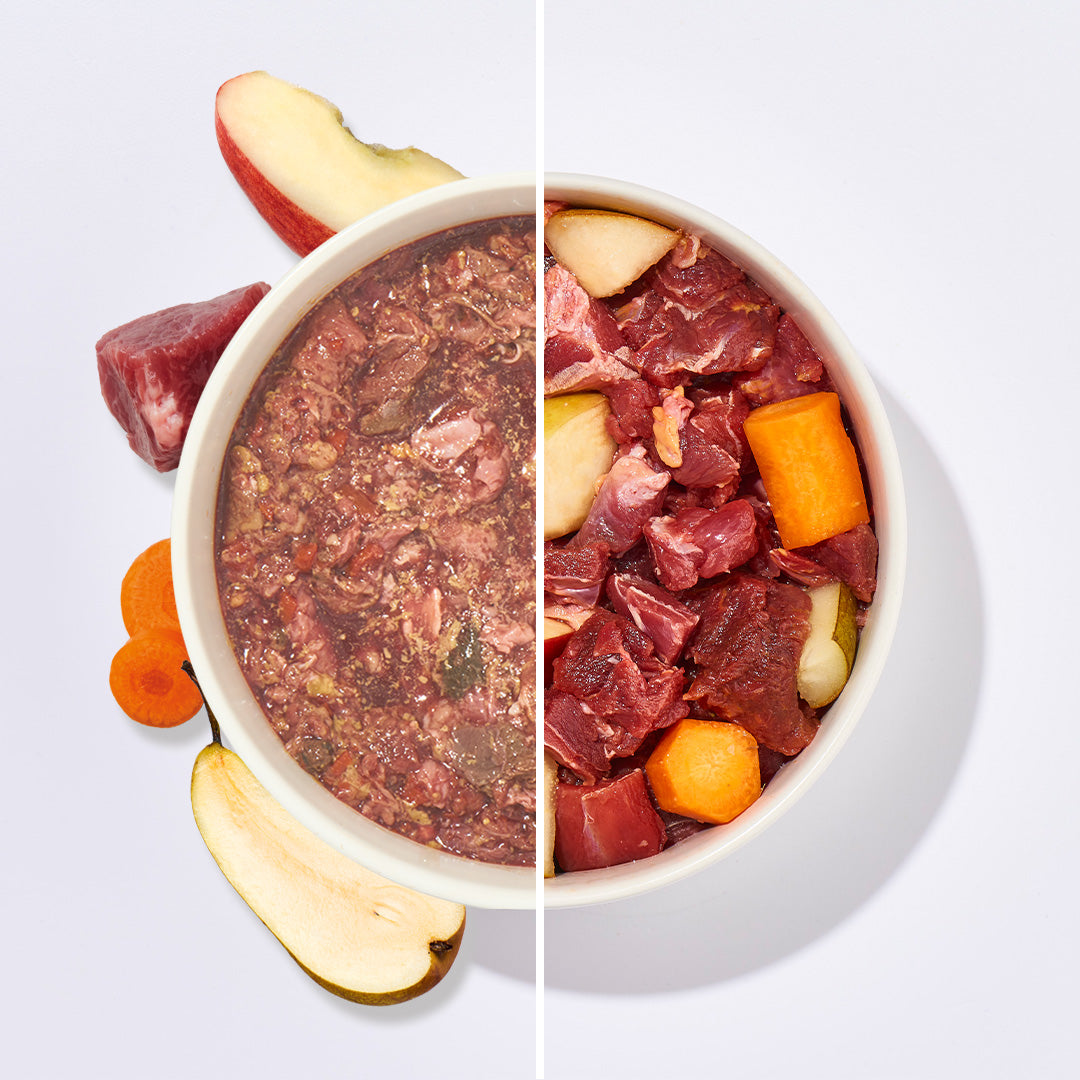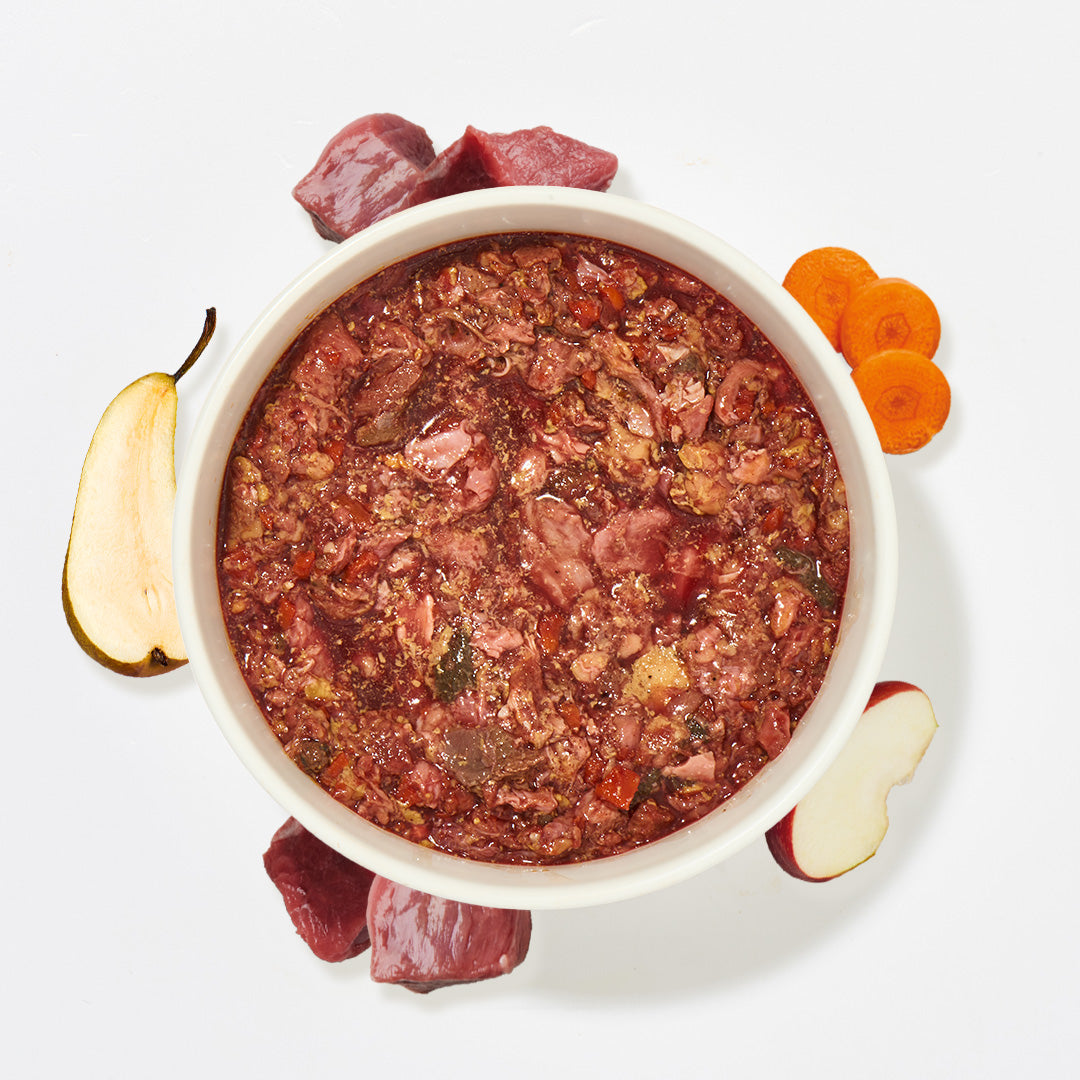In addition to adult dogs, a BARF calculator for puppies and cats is also a good method for feeding your pet in the most species-appropriate way possible. A good calculator should therefore contain various setting options, for example for the percentage of food, the animal's body weight and the meat content. In contrast to feeding adult dogs, there are some special features in the BARF calculator for puppies and cats that should be taken into account.
Setting up the BARF calculator for puppies and cats
The easiest way is to set up the BARF calculator for puppies: The special needs of young dogs are taken into account, but unlike cats, these do not result in major changes in the mix of animal components. When setting up the BARF calculator for puppies, you should therefore pay particular attention to the amount of food as a percentage of body weight. In percentage terms, puppies and young dogs need significantly more food during their growth phase than an adult animal. A puppy should be fed up to six percent of its body weight in its first six months of life. In three-month periods, the amount of food should initially be reduced to five percent, then to four percent. For one-year-old young dogs, you can then slowly reduce the amount of food to the ideal level for your dog - around two to three percent of body weight, depending on the individual case. The fat content in the animal food should be around 15 to 20 percent (for active dogs).
As a rule, you can leave the meat portion in your puppy's BARF diet at 70 percent. The 70:30 split between animal and plant products ensures that your animal is provided with the necessary nutrients and has a varied diet. This is particularly important for the development of younger animals.
BARF calculator for cats: major differences
The BARF calculator for cats shows significantly greater differences than between dogs and puppies due to cat-specific nutritional preferences. Firstly, the animal proportion in cat food is much higher: 90 to 95 percent of the total food can be covered this way. Usually just under 70 percent is muscle meat, such as beef for cats or rabbit for cats , 10 to 15 percent is bone, and another 10 percent is offal. The bone portion can be supplemented occasionally by feeding day-old chicks and mice for cats or various minerals for cats - especially for animals that would otherwise reject them. For the small proportion of plant products in the cat's diet, carrots, zucchini, cucumbers or parsnips are suitable, for example - you should avoid nightshades.
BARF calculator for puppies and cats: feeding and food quantities
Although most BARF calculators usually give precise gram-based information for portioning the food, this is of course very difficult to implement in practice. It is absolutely fine to play around with the amounts in daily feeding, as long as they balance out over a longer period of time. No puppy or cat will develop nutritional deficiencies because he or she has not received any offal for a day. Nevertheless, puppies and cats are among the more sensitive species of animals that can be fed BARF. Puppies in particular are of course still in the growth phase. Therefore, if you experience nutritional deficiencies, you should ask your trusted veterinarian for advice. Together you will find the best solution for your animal.
